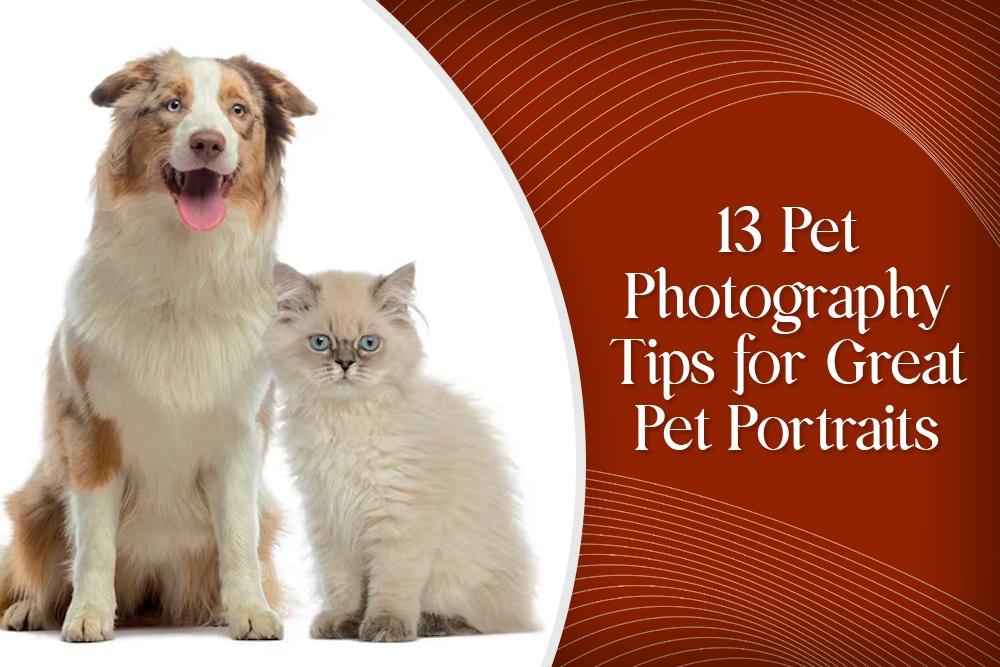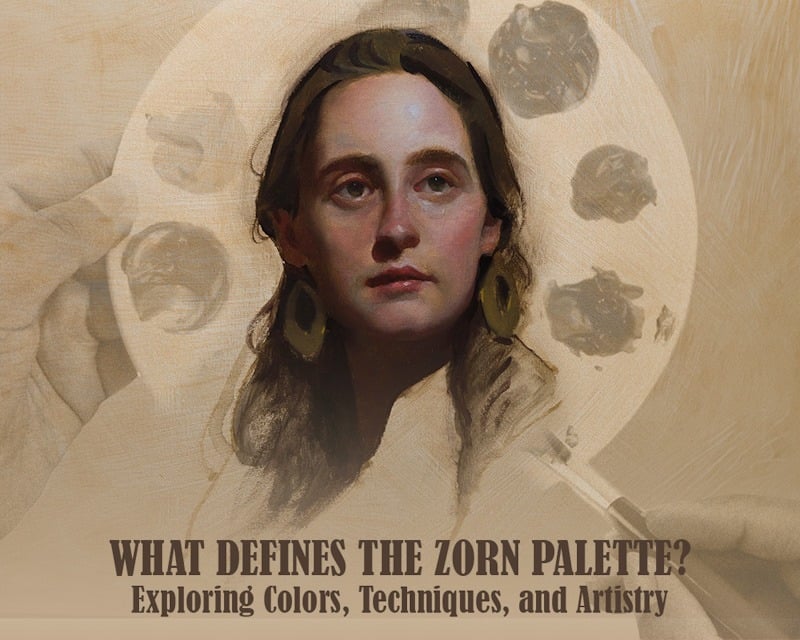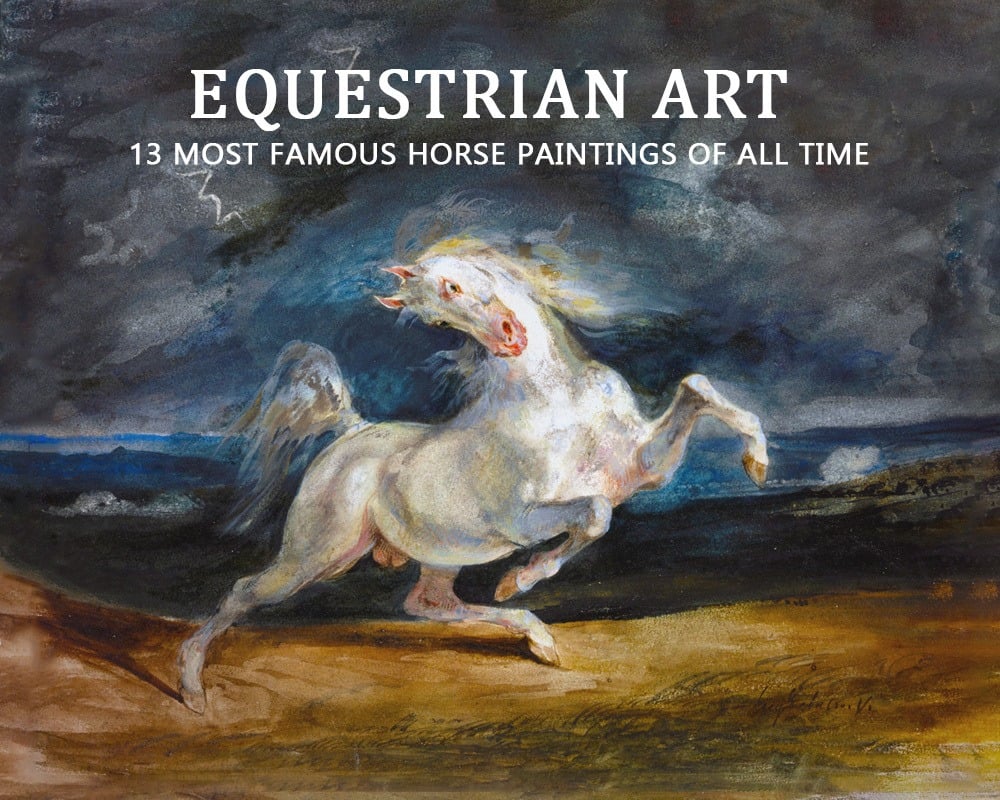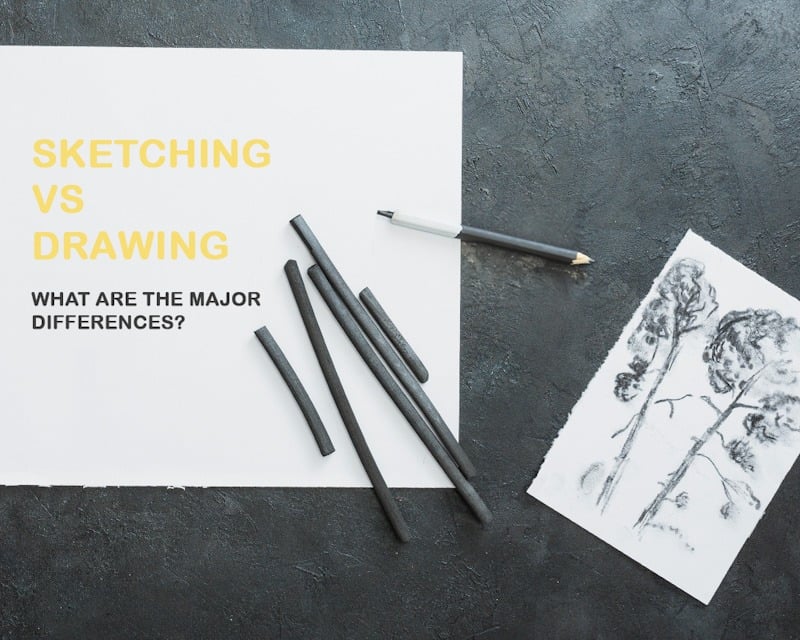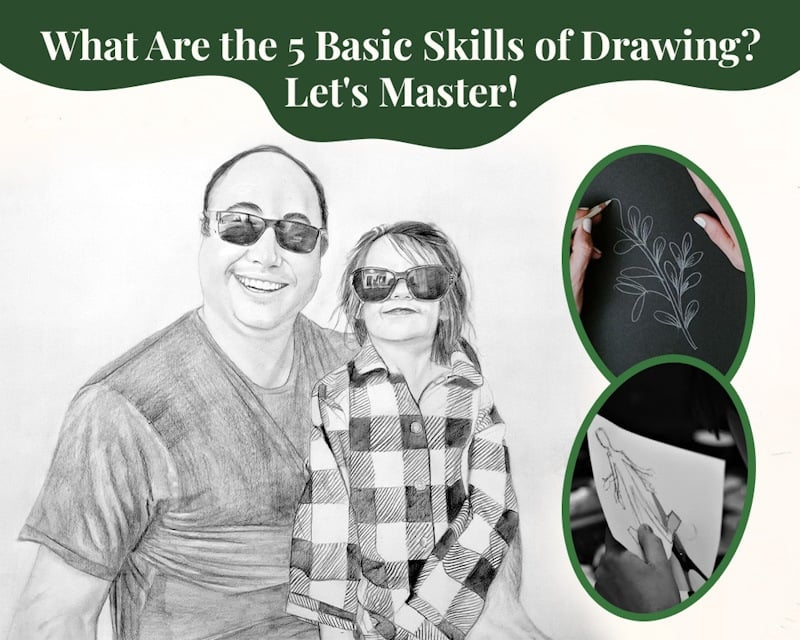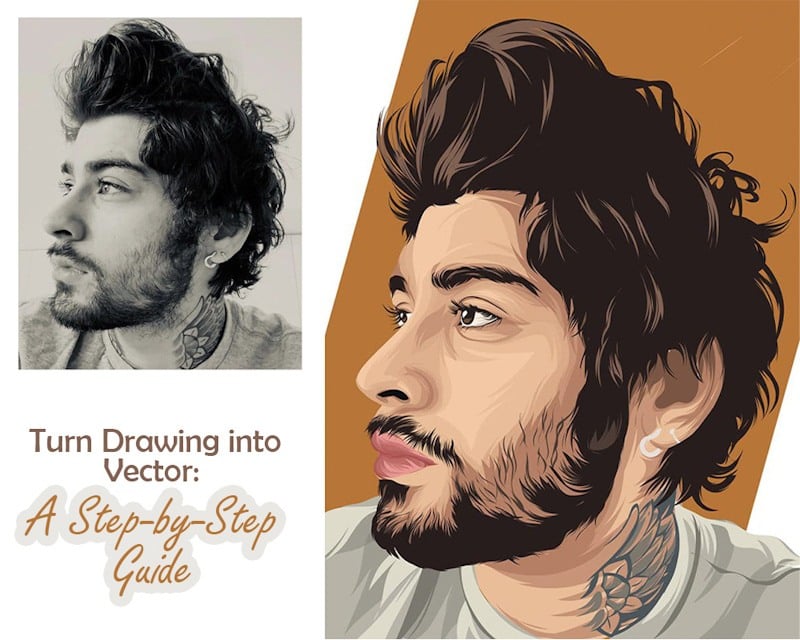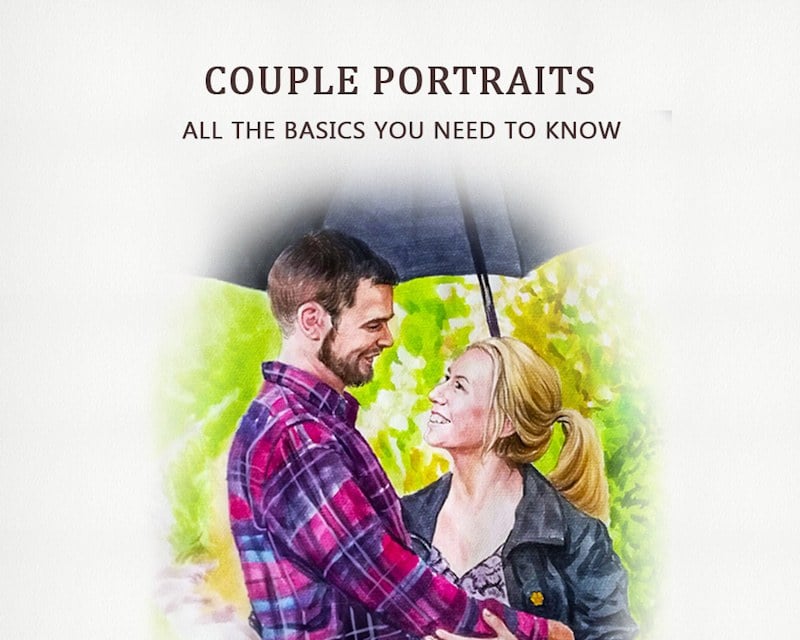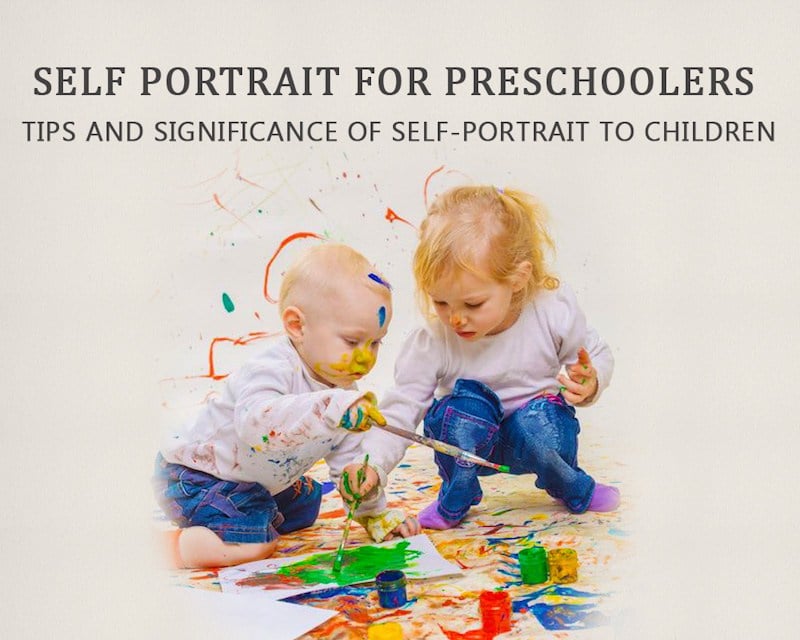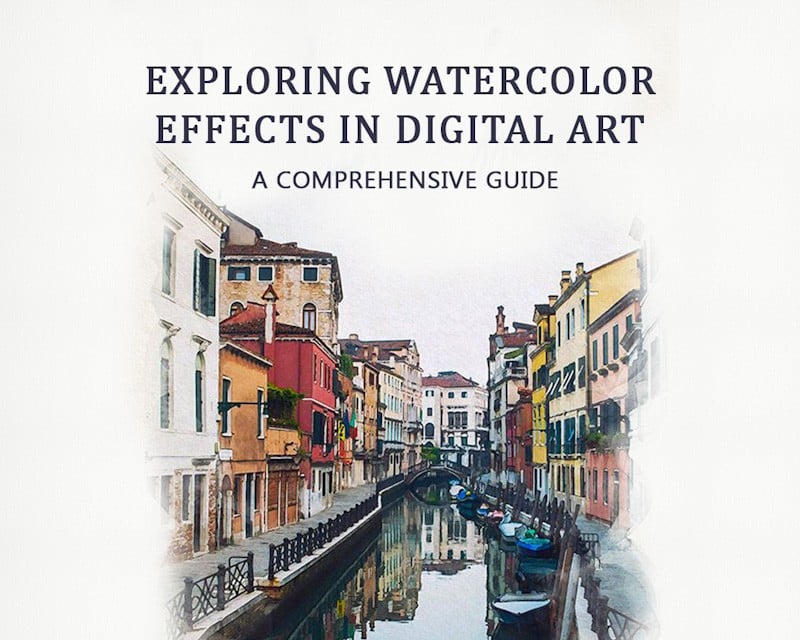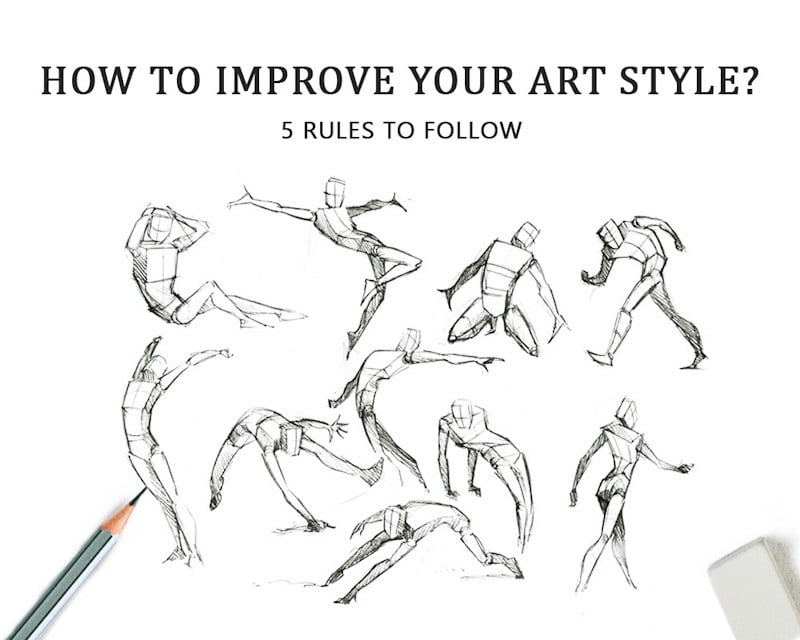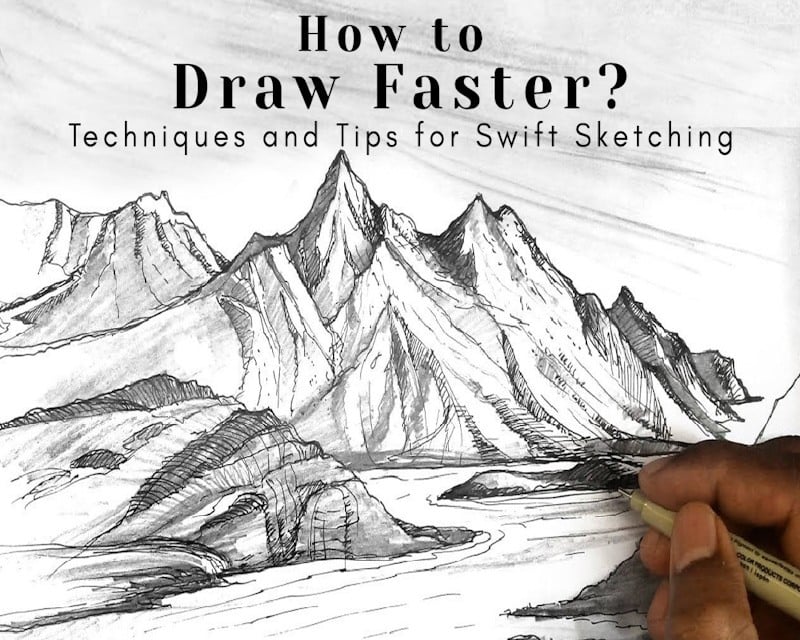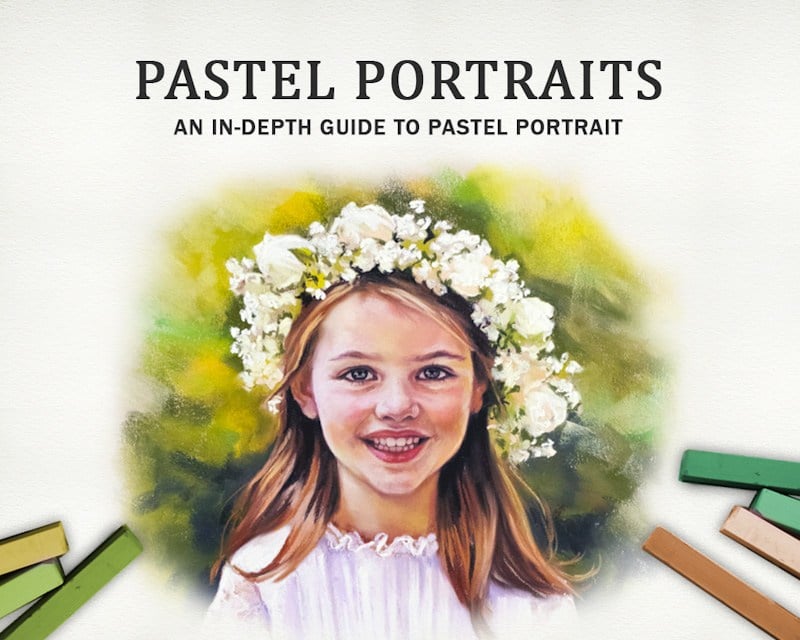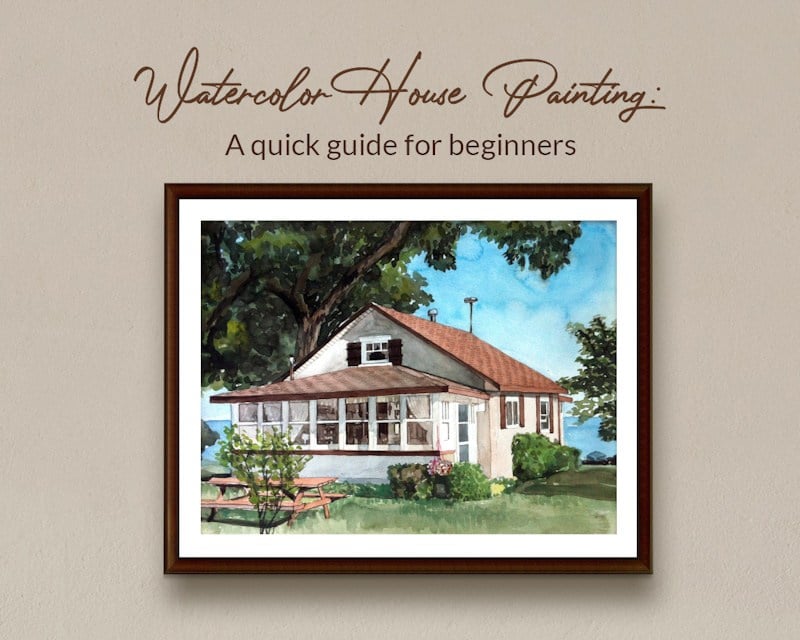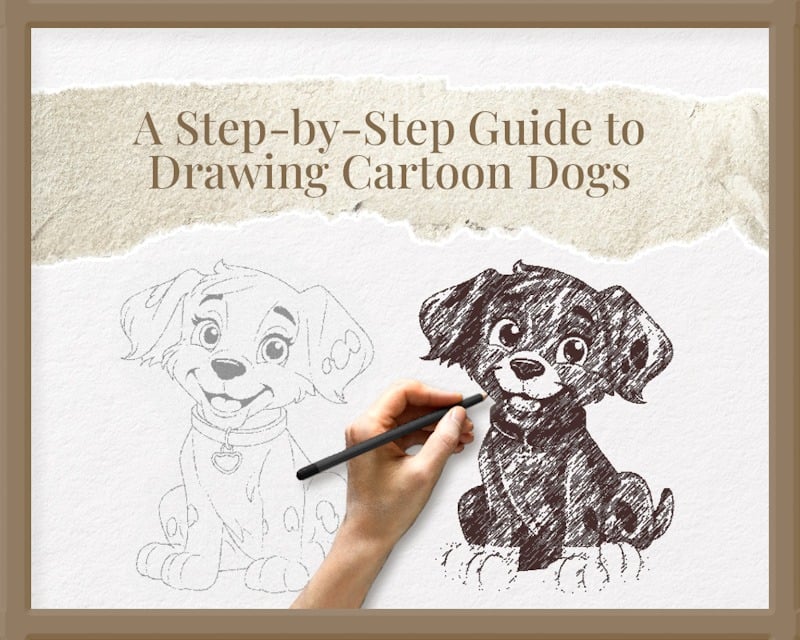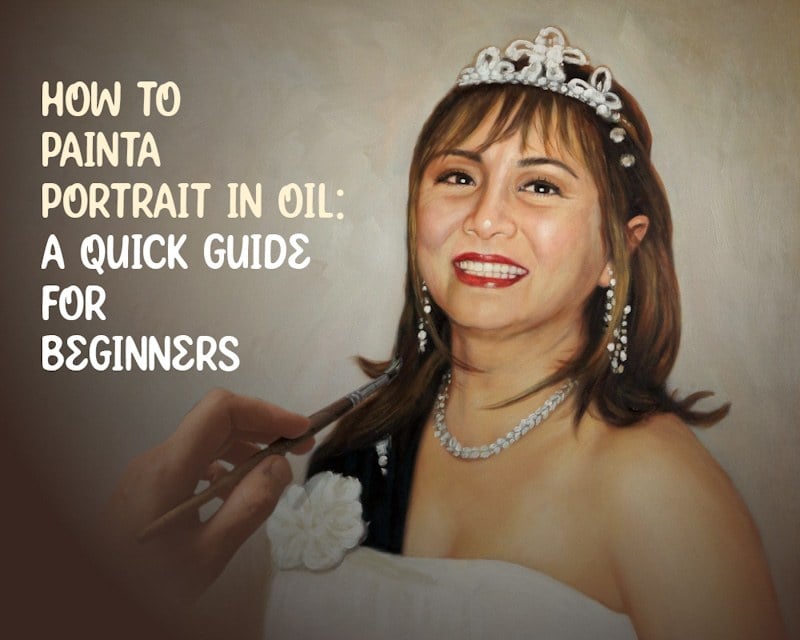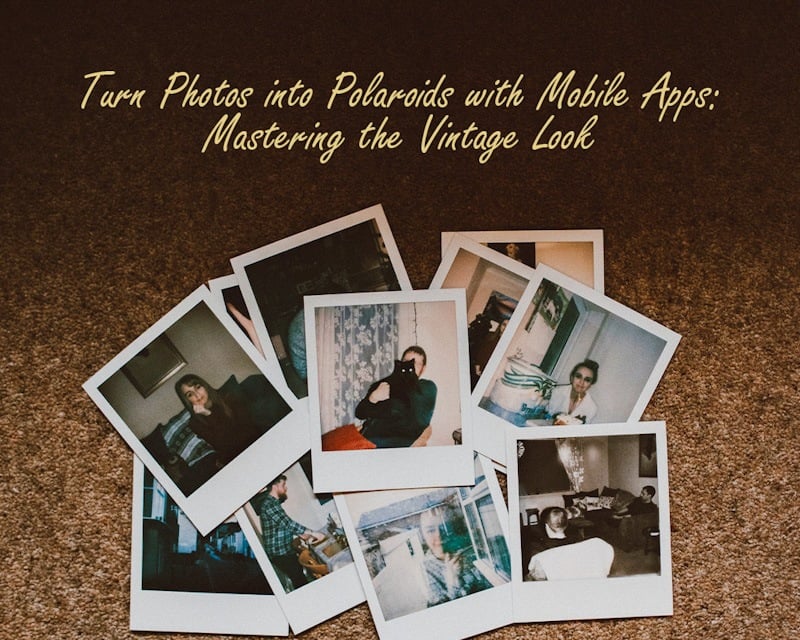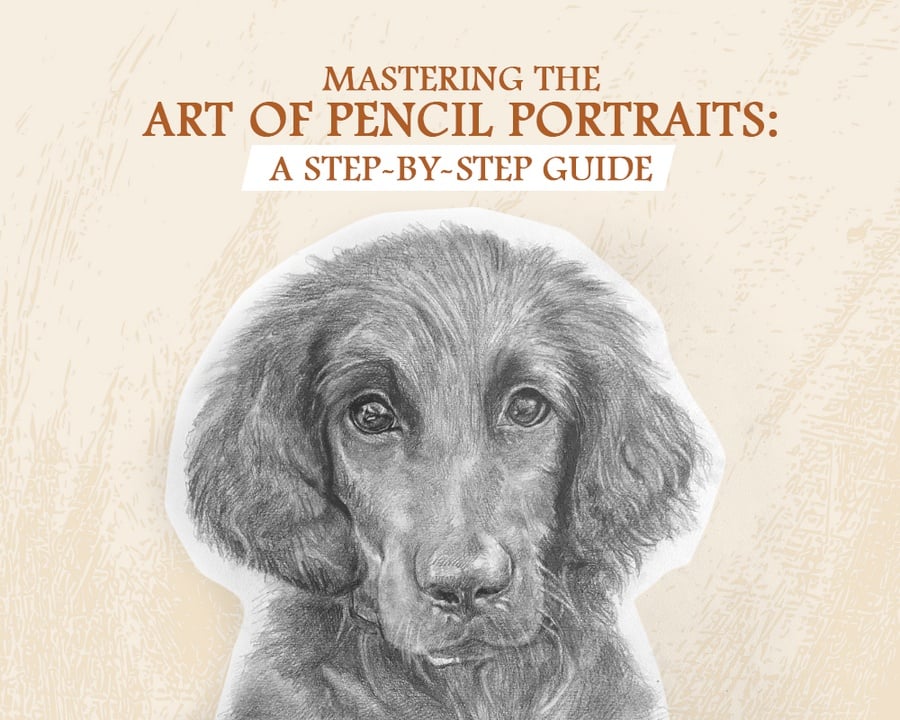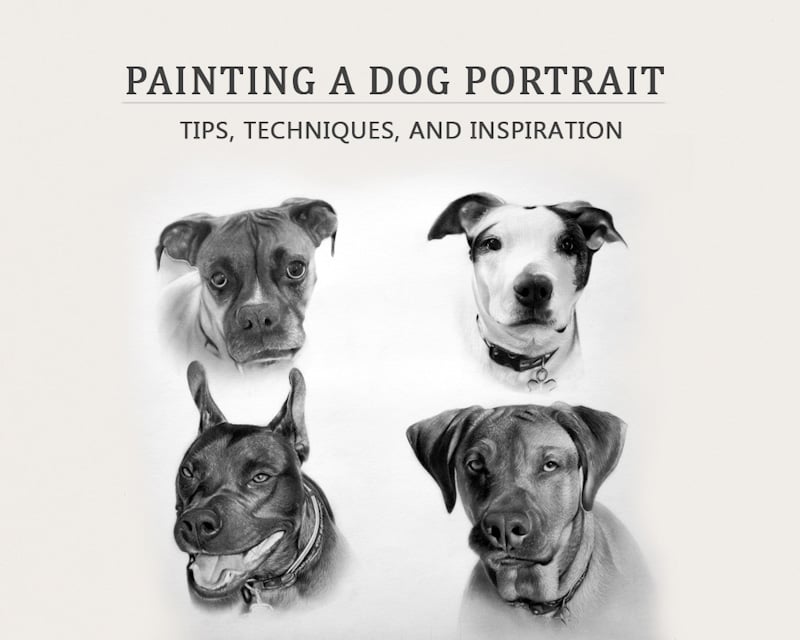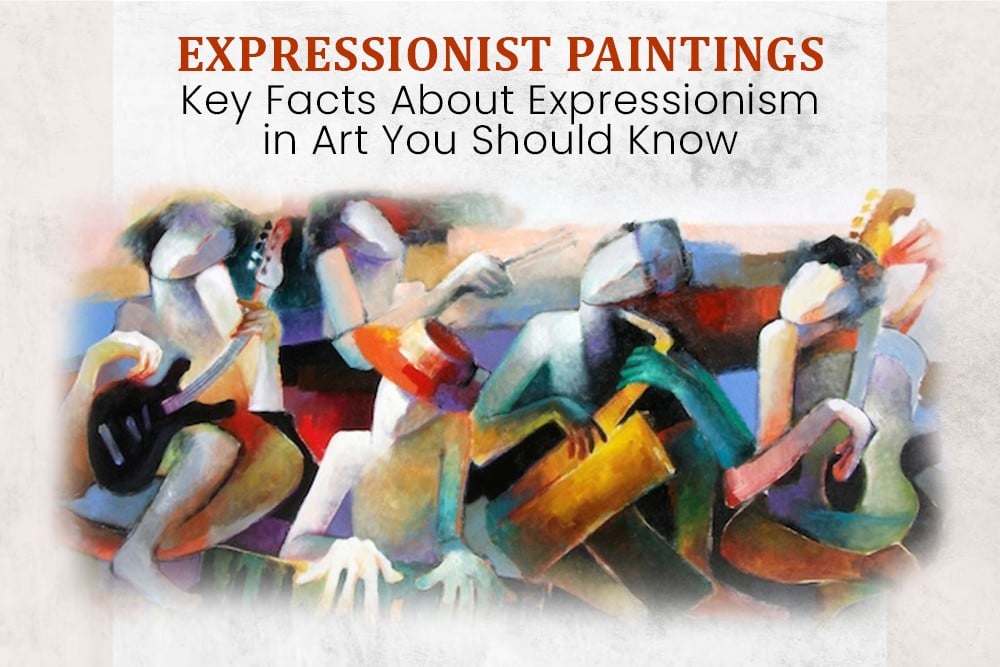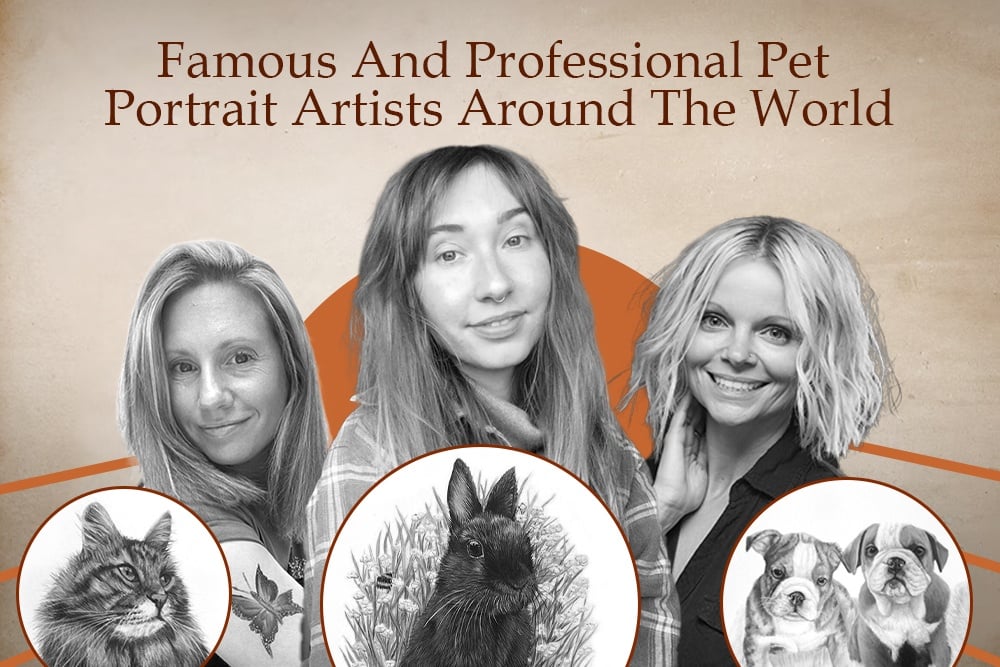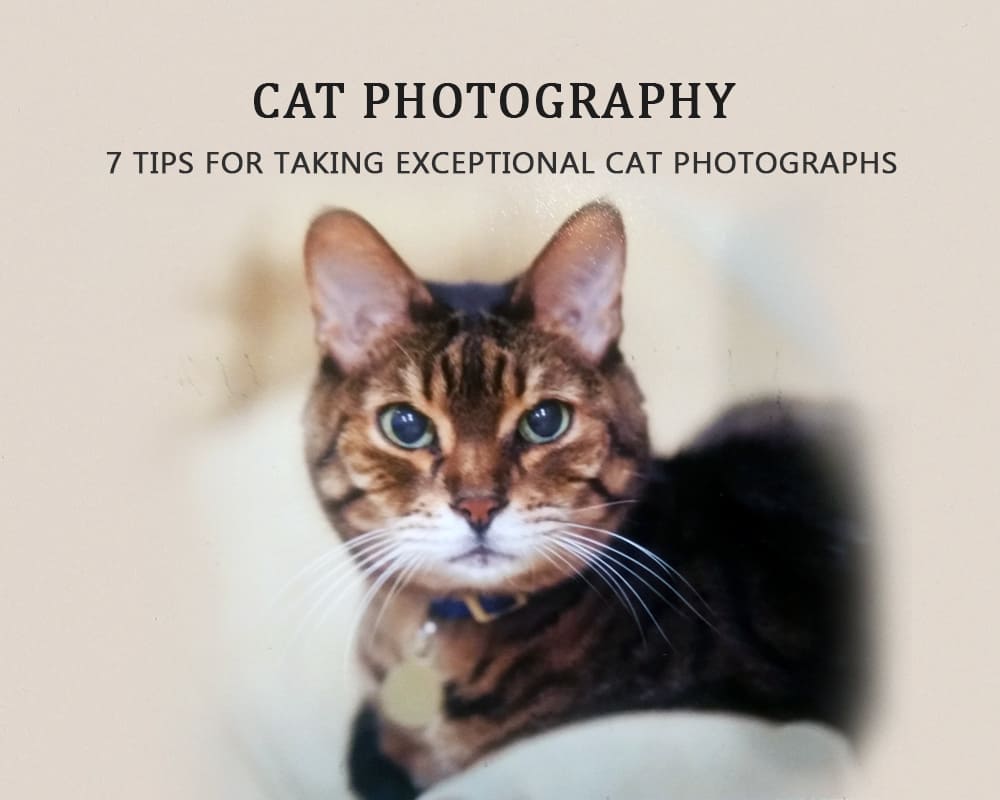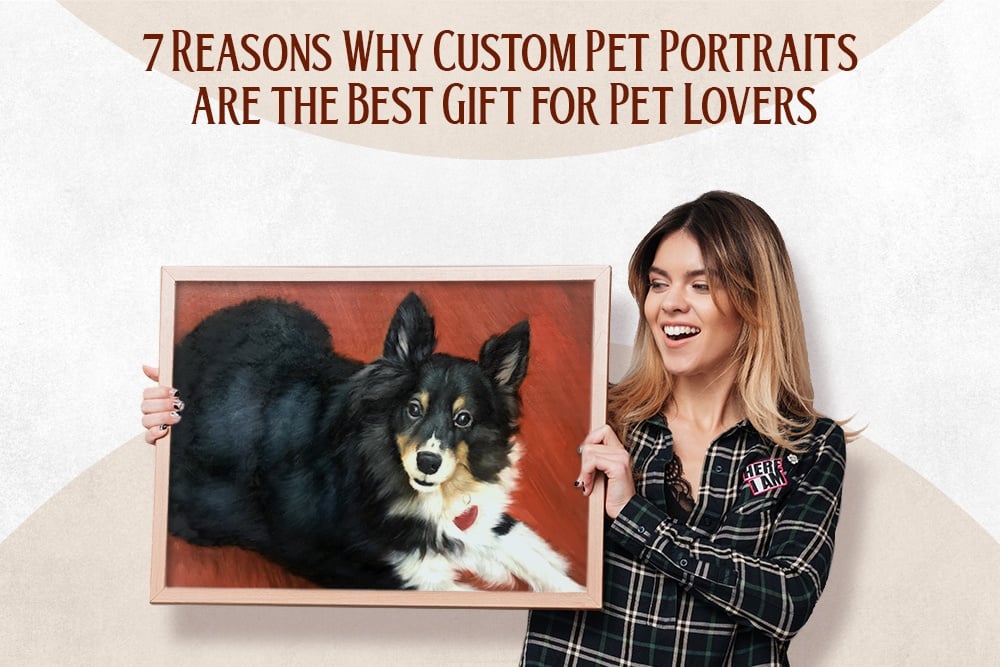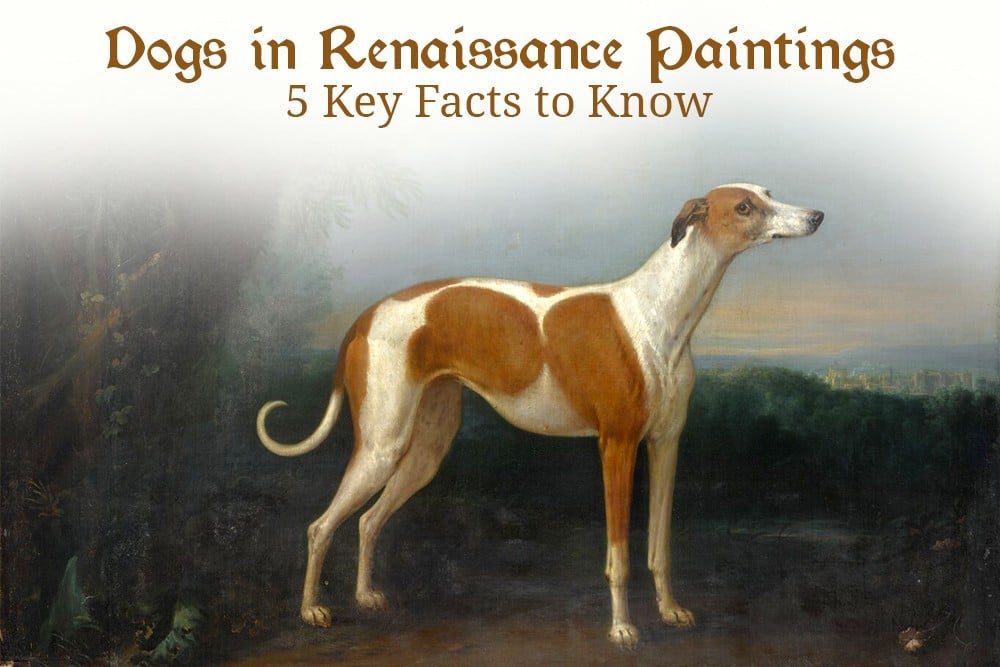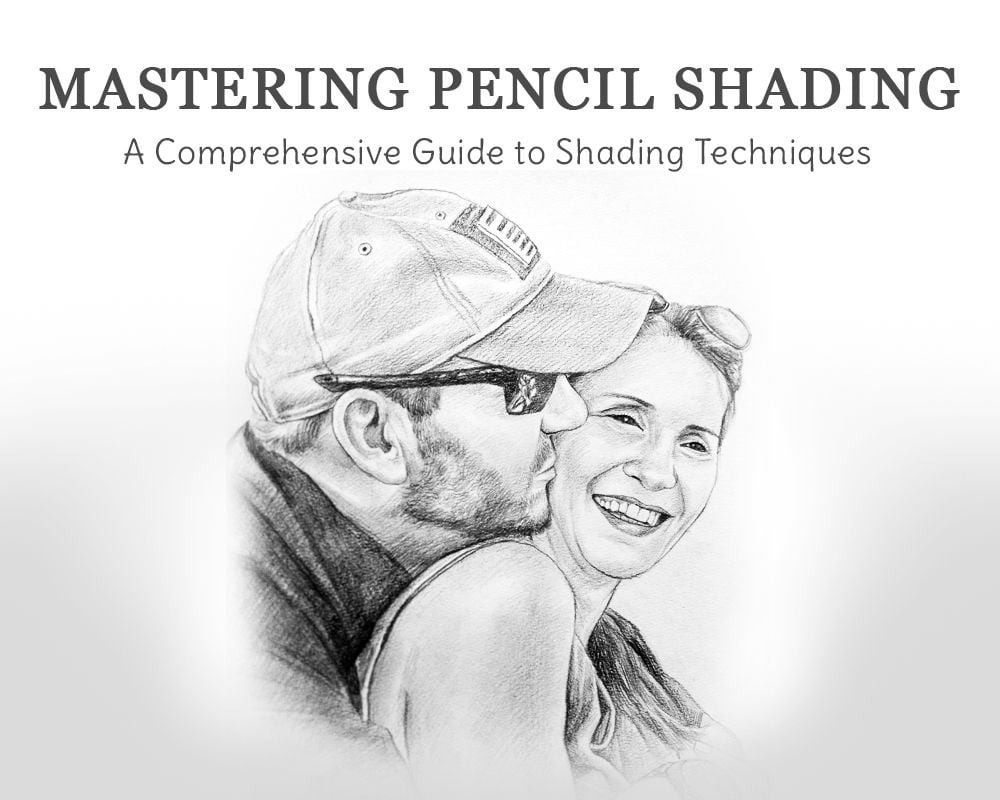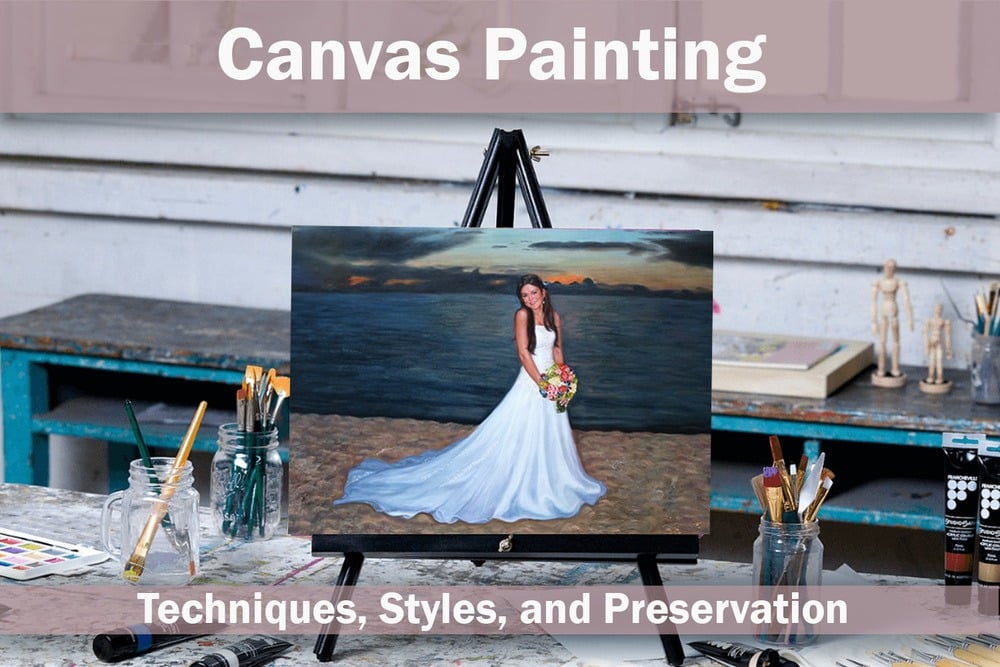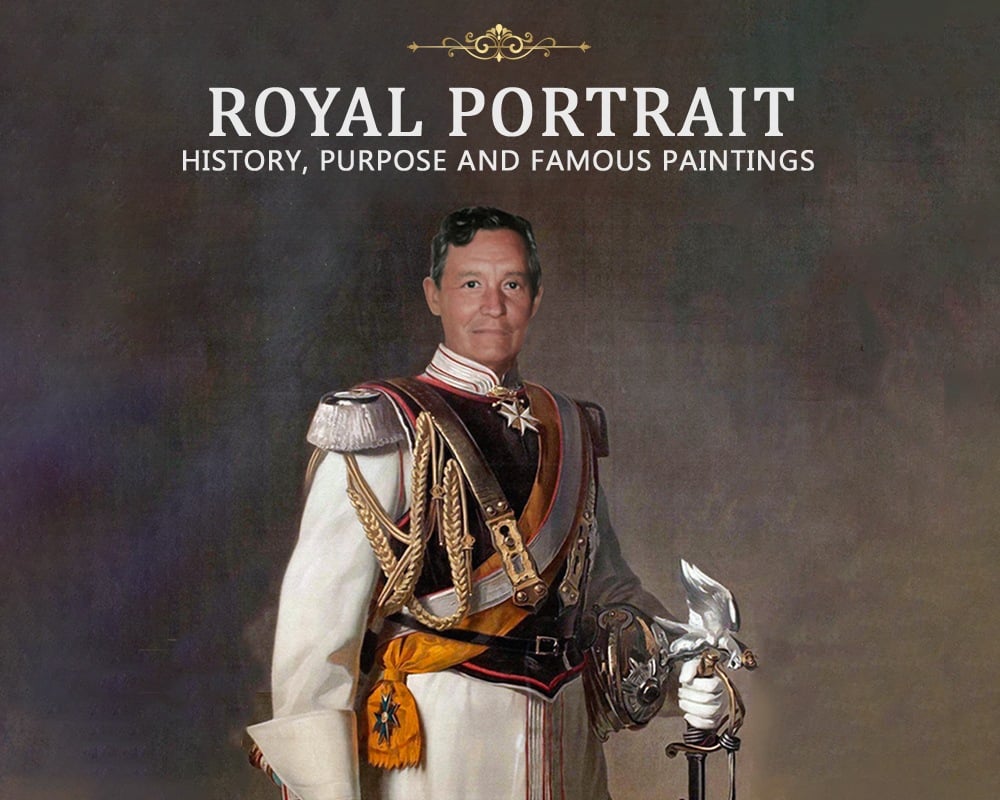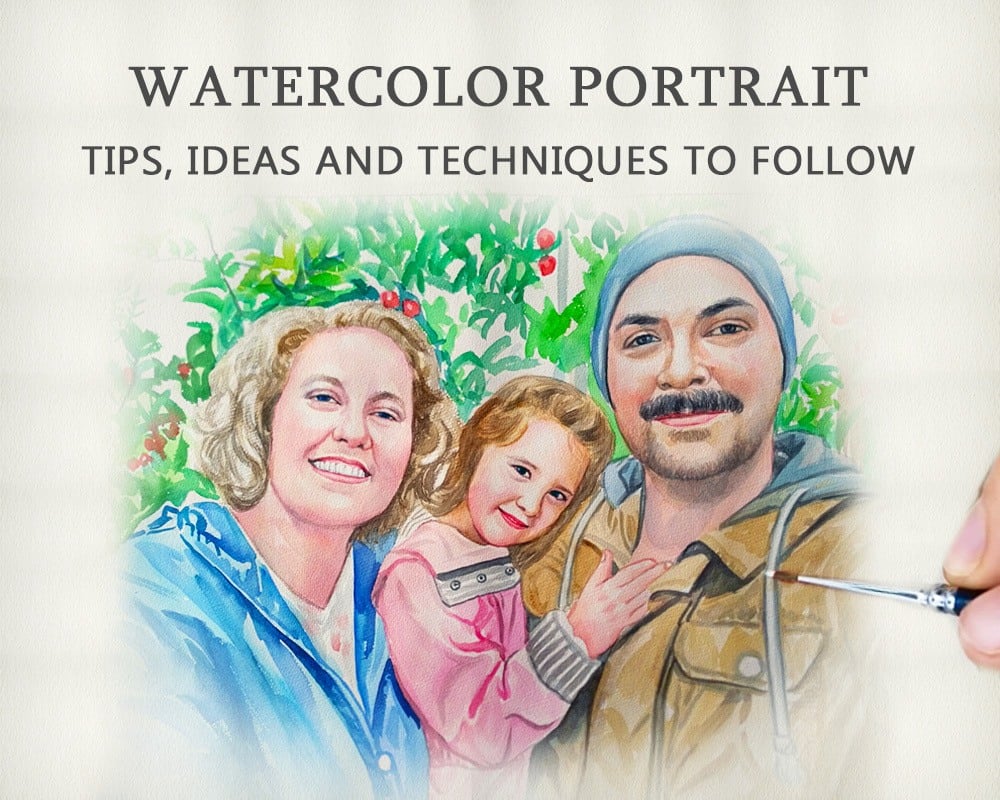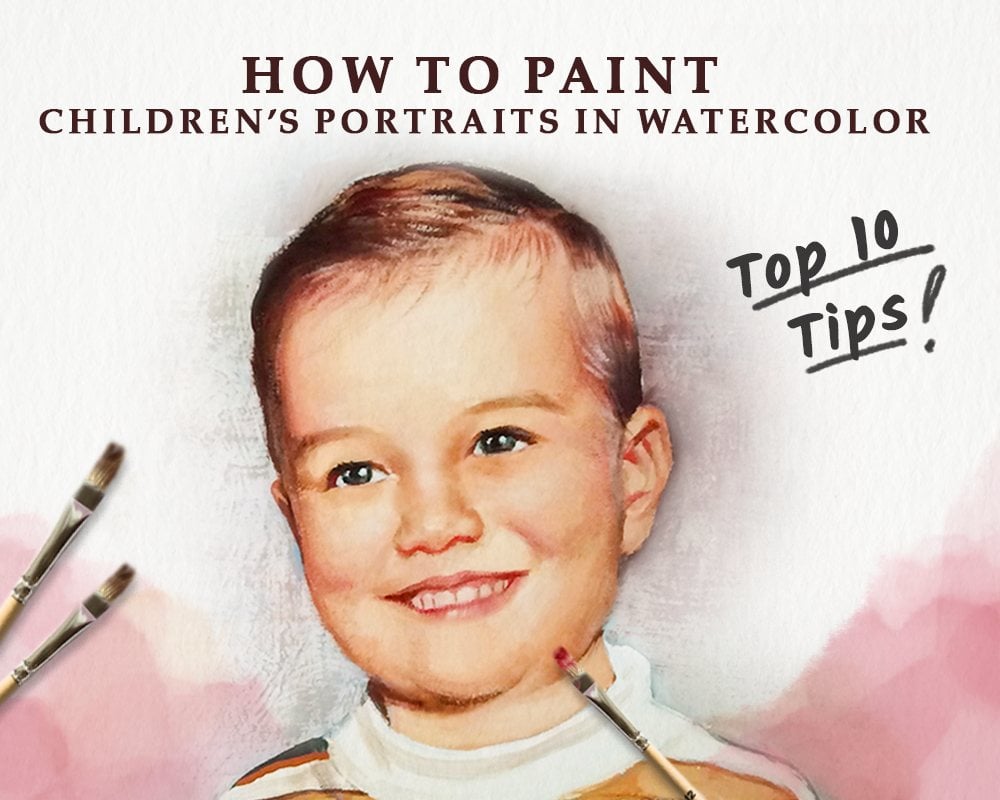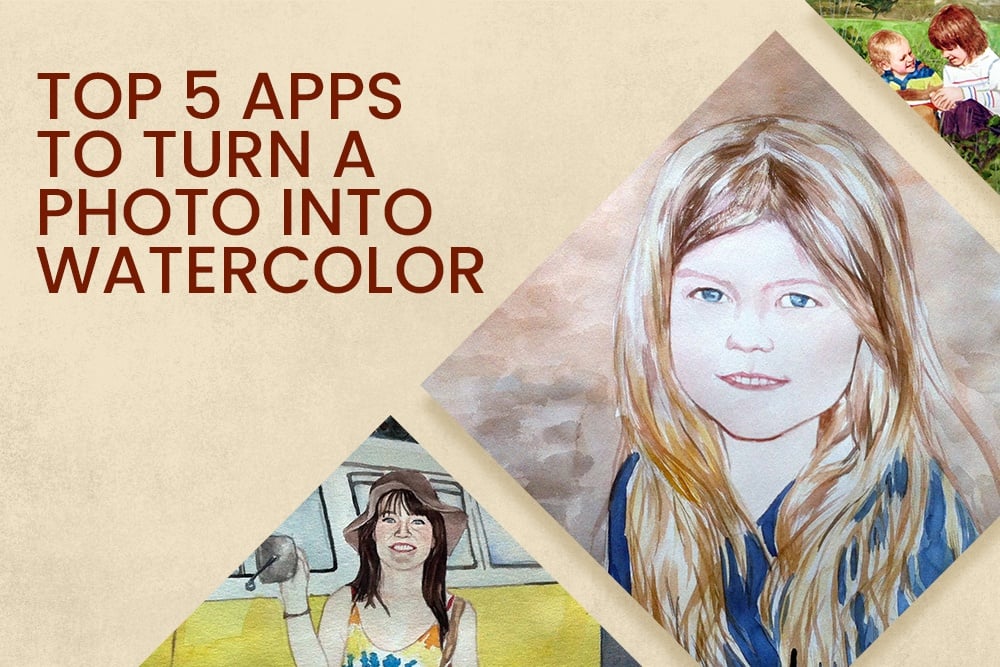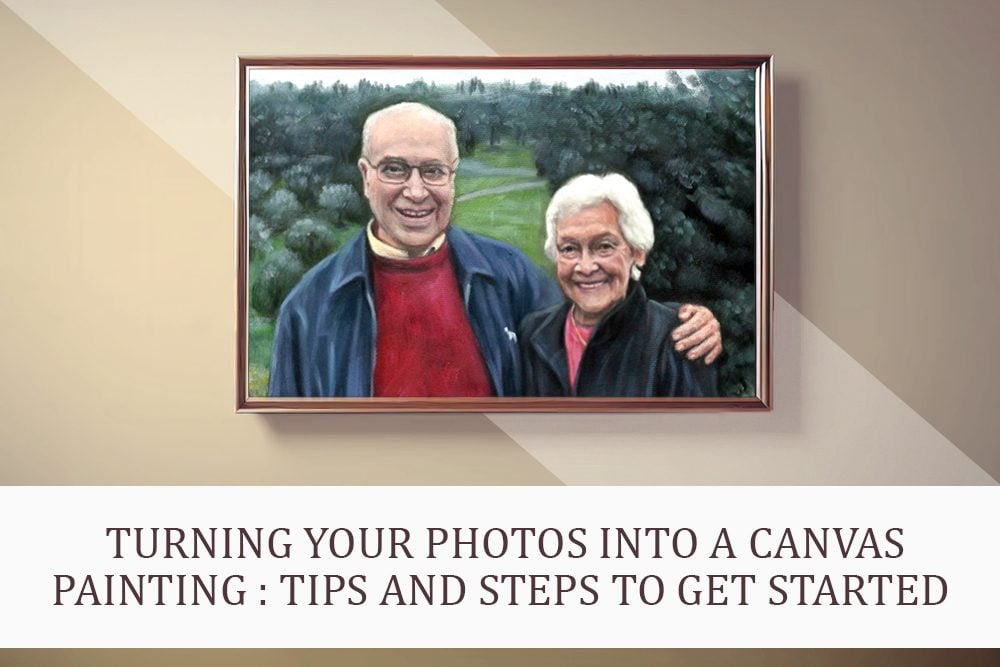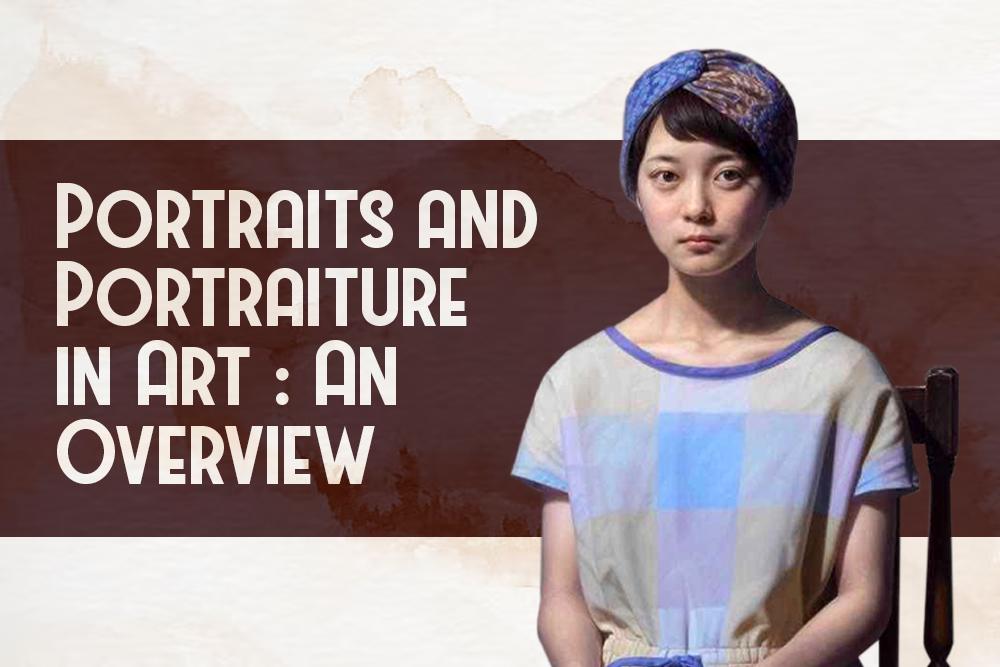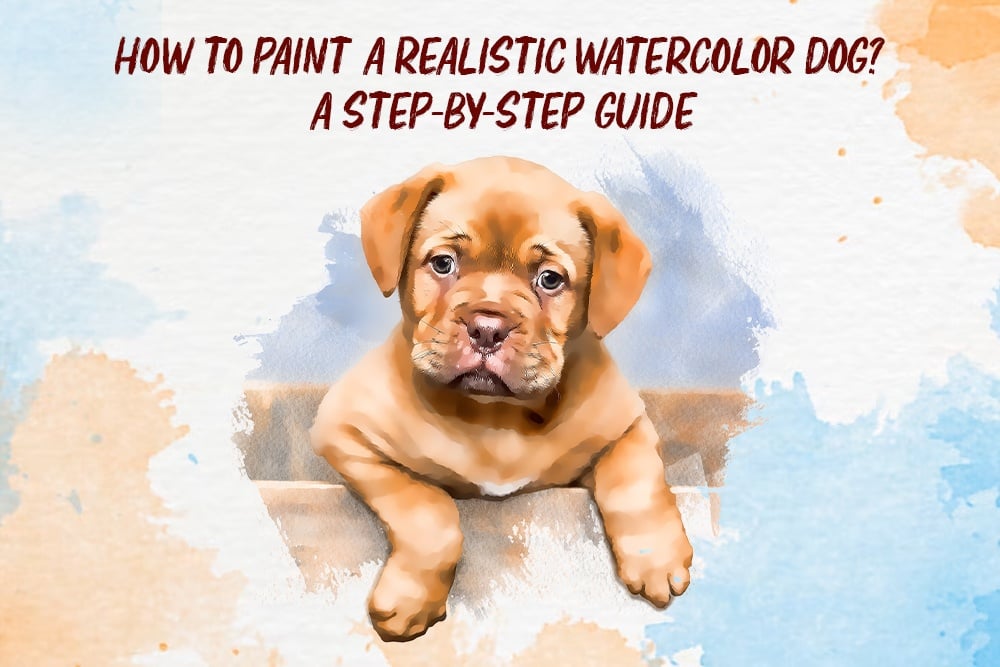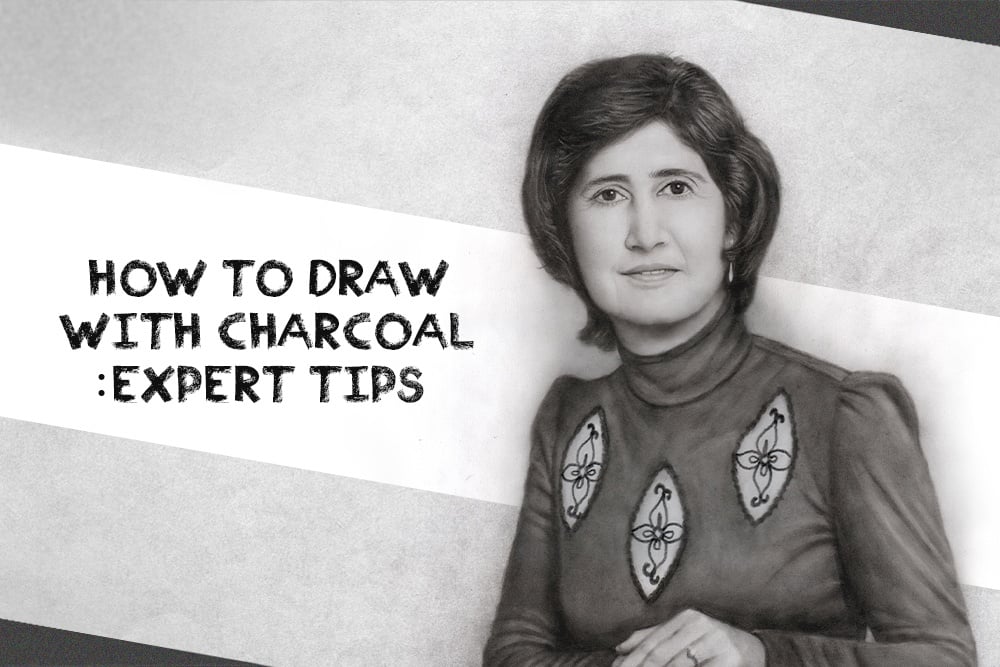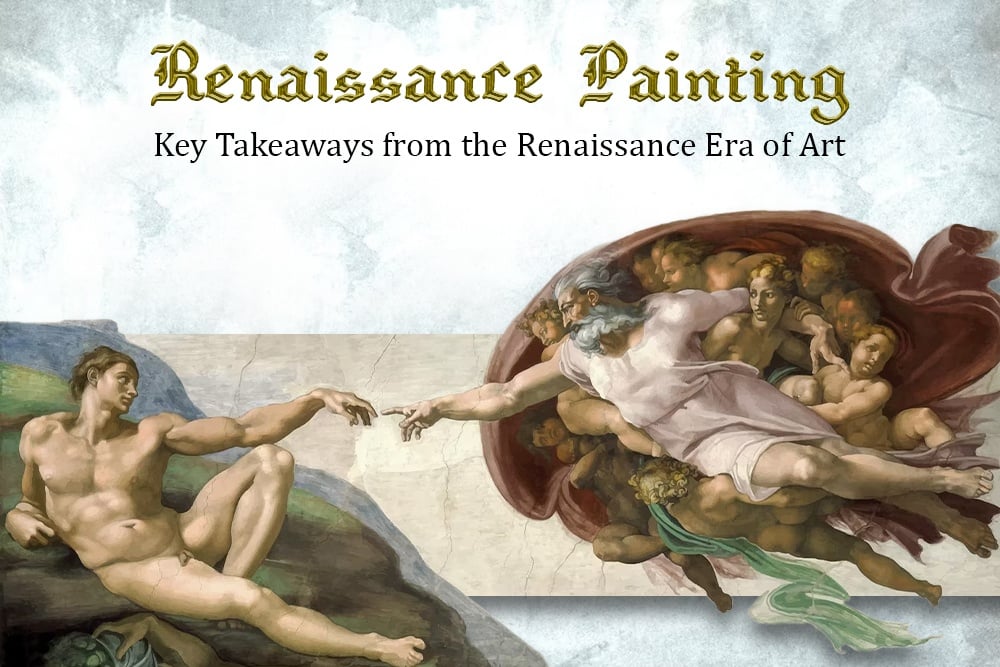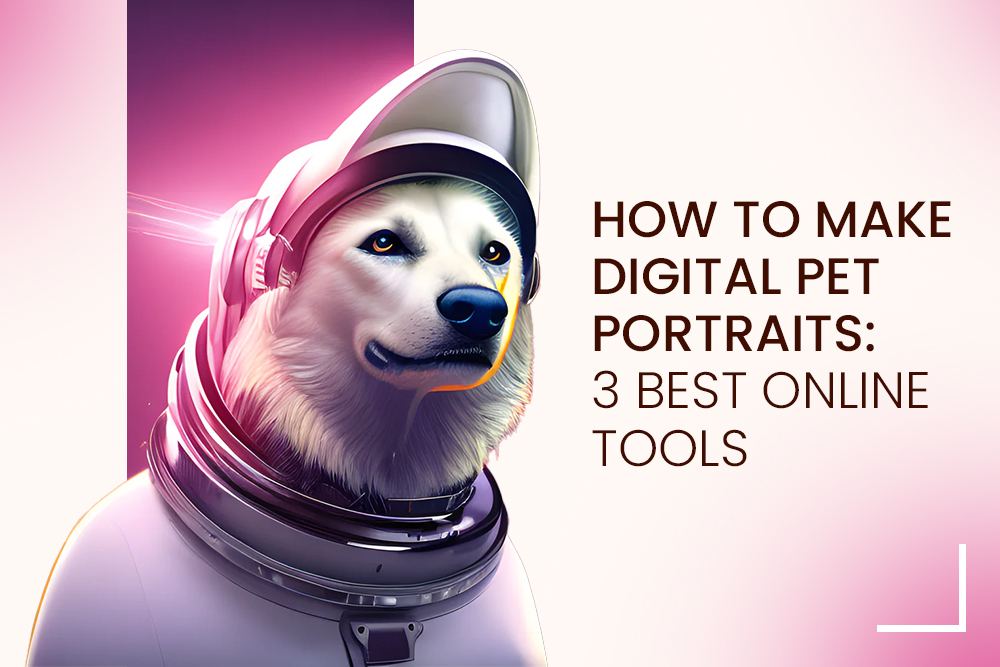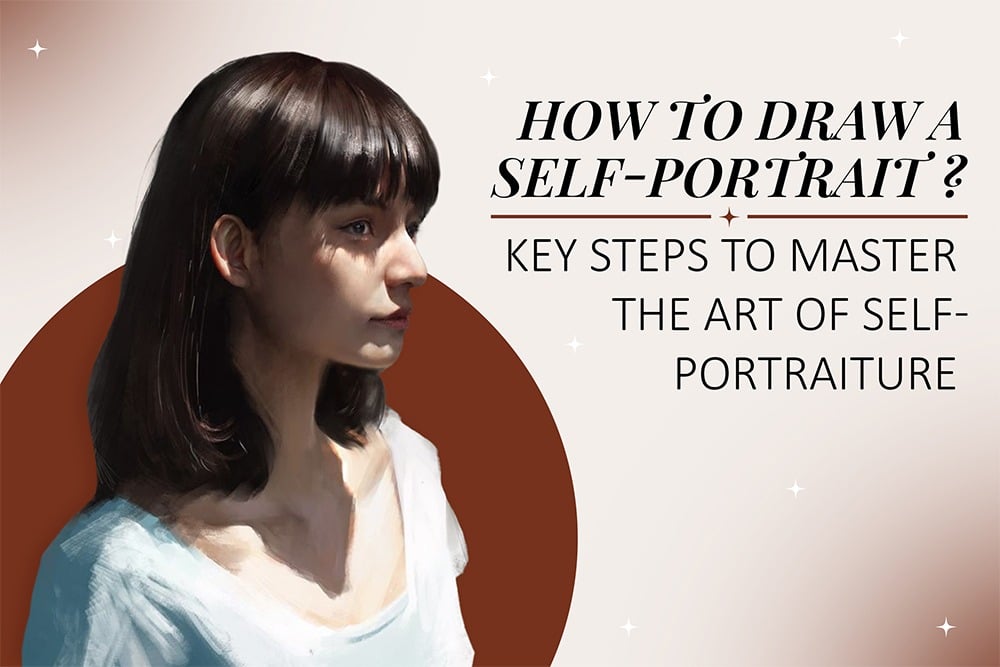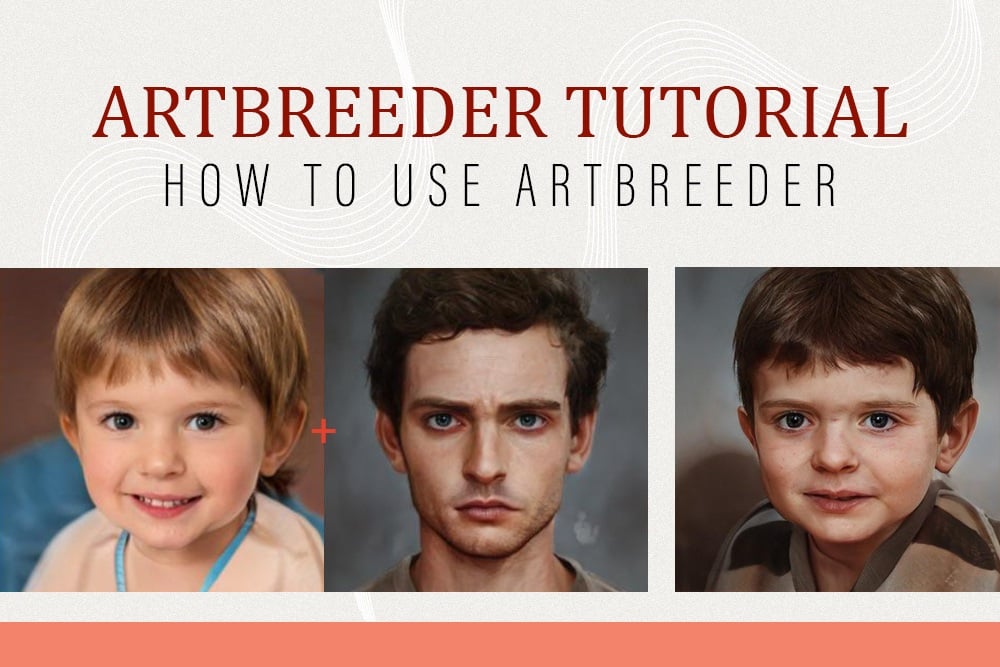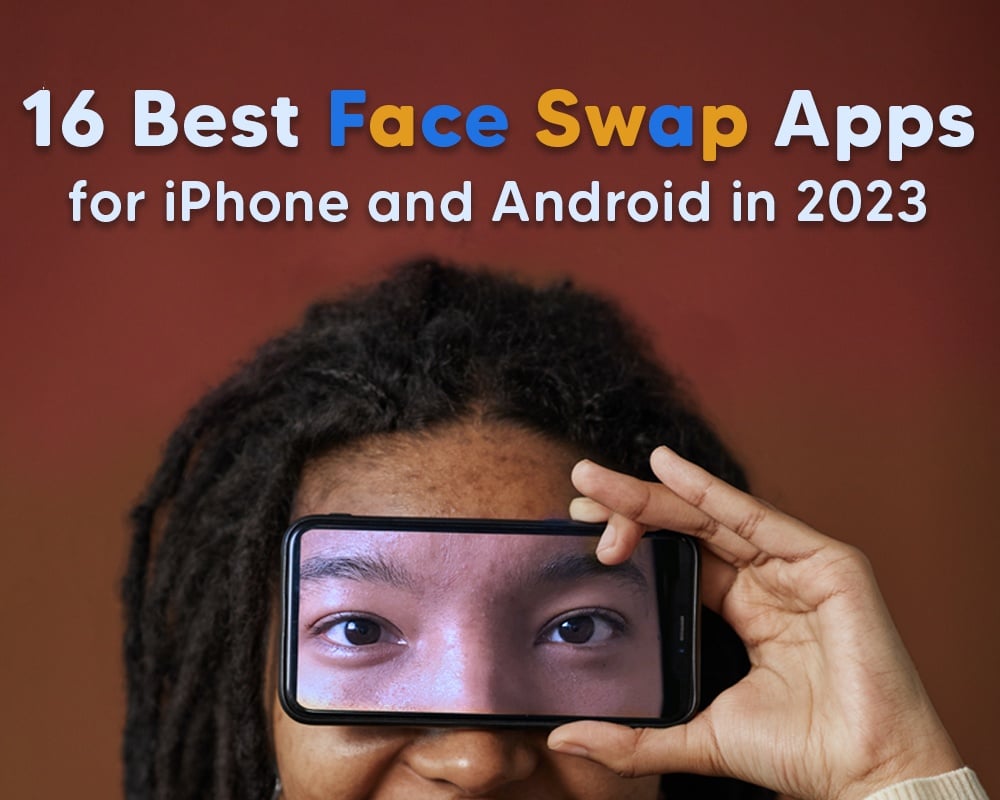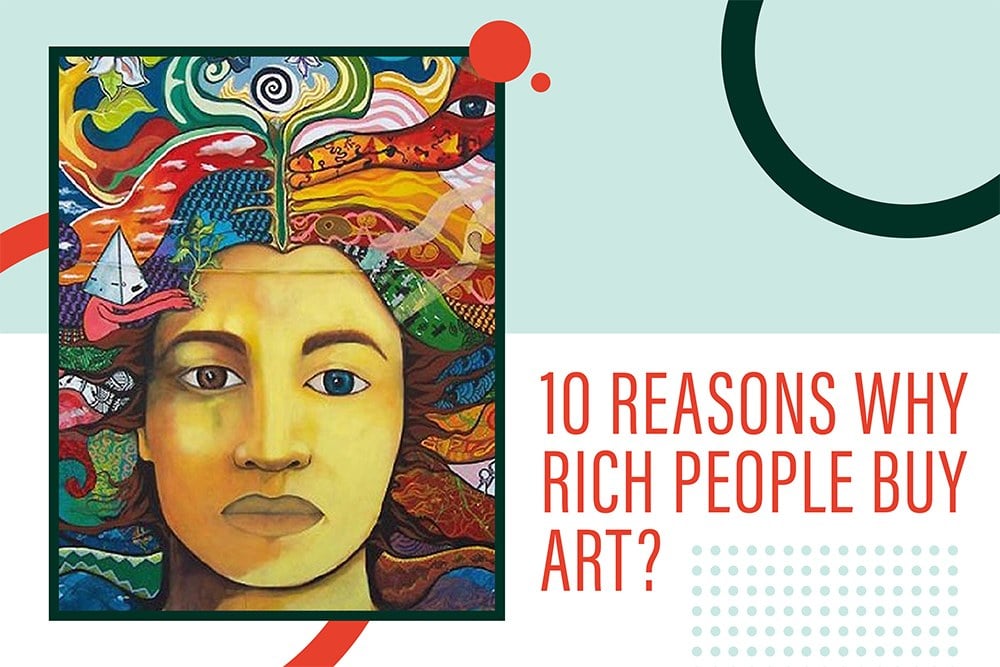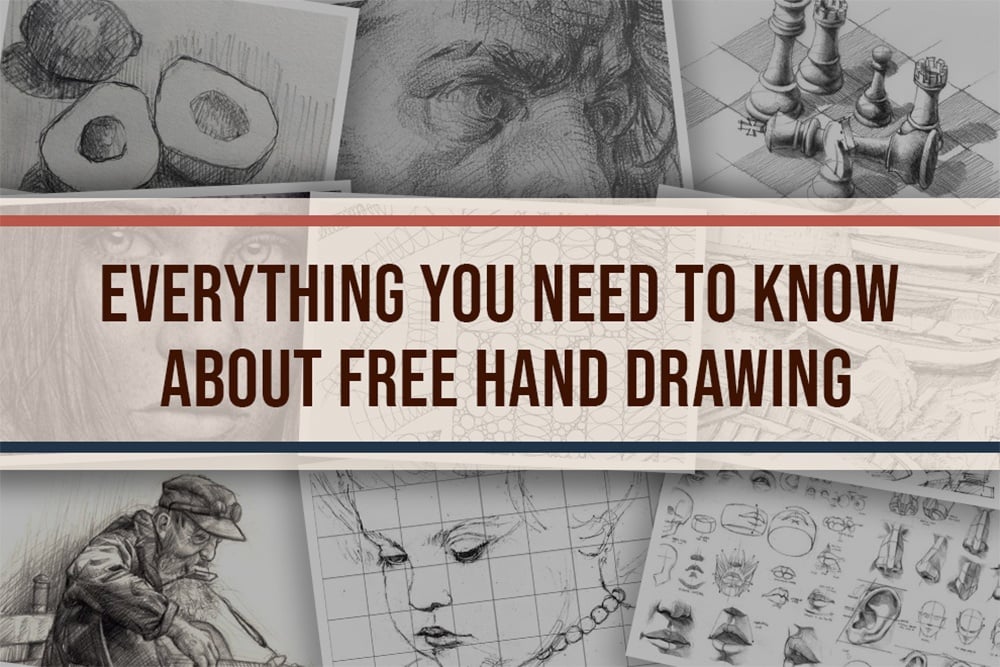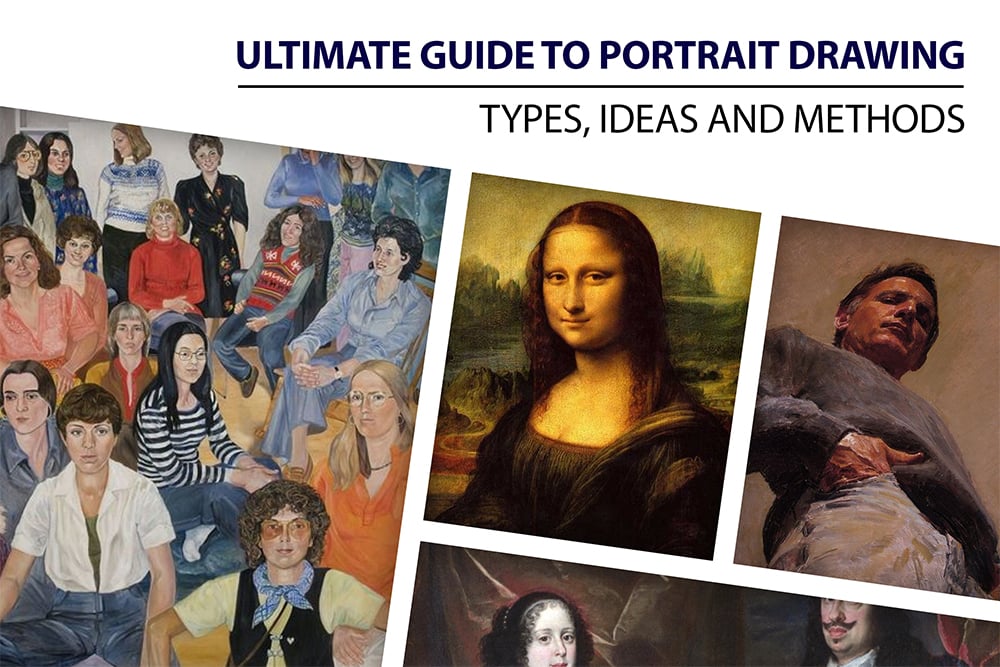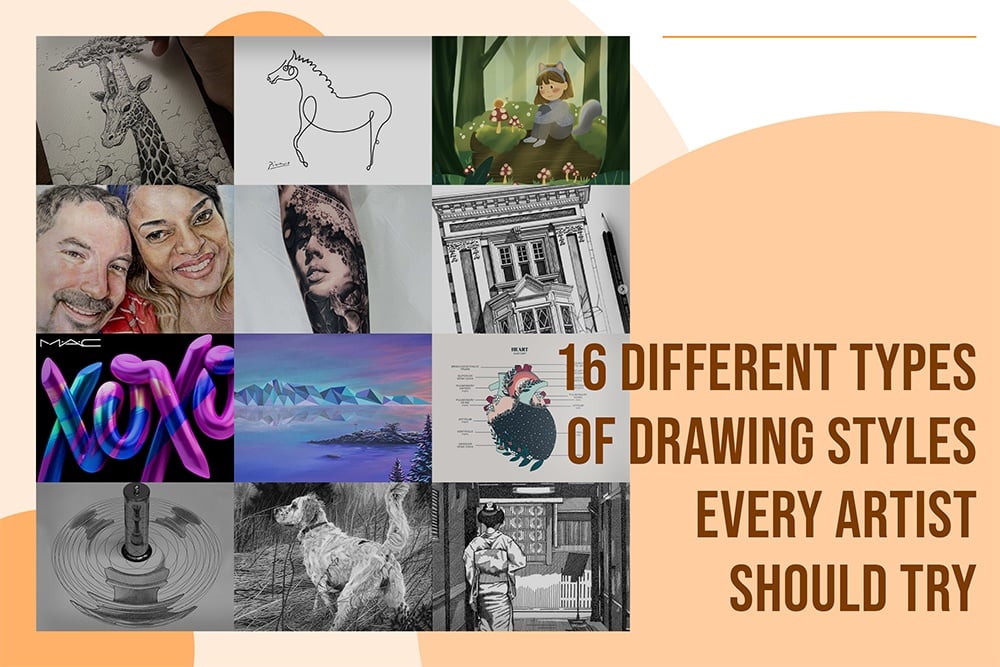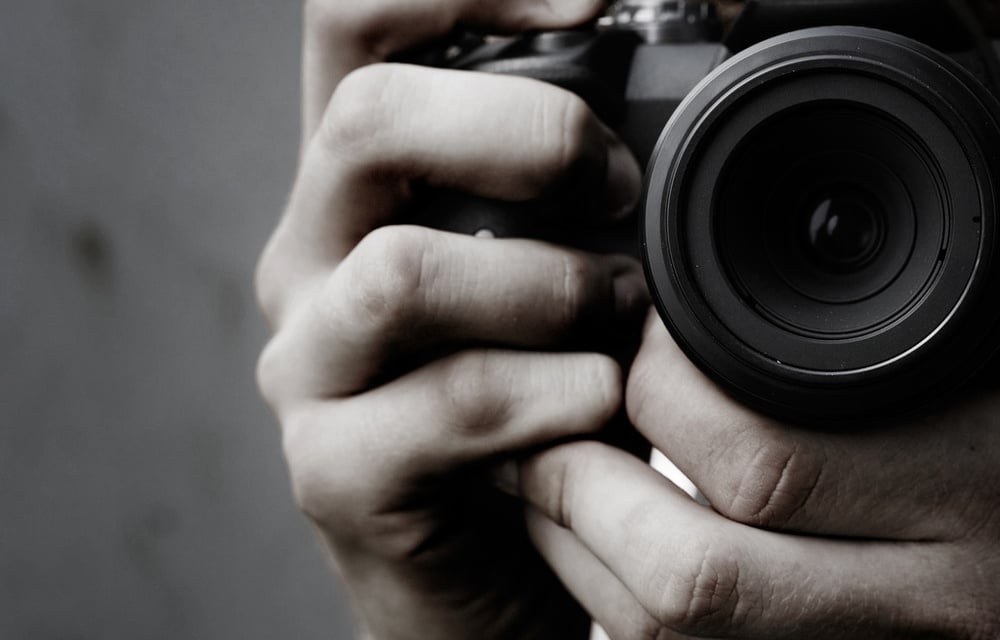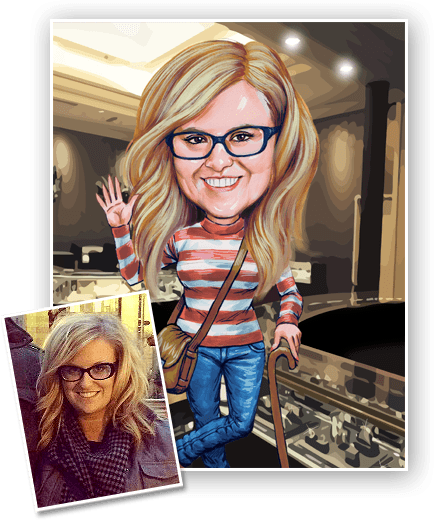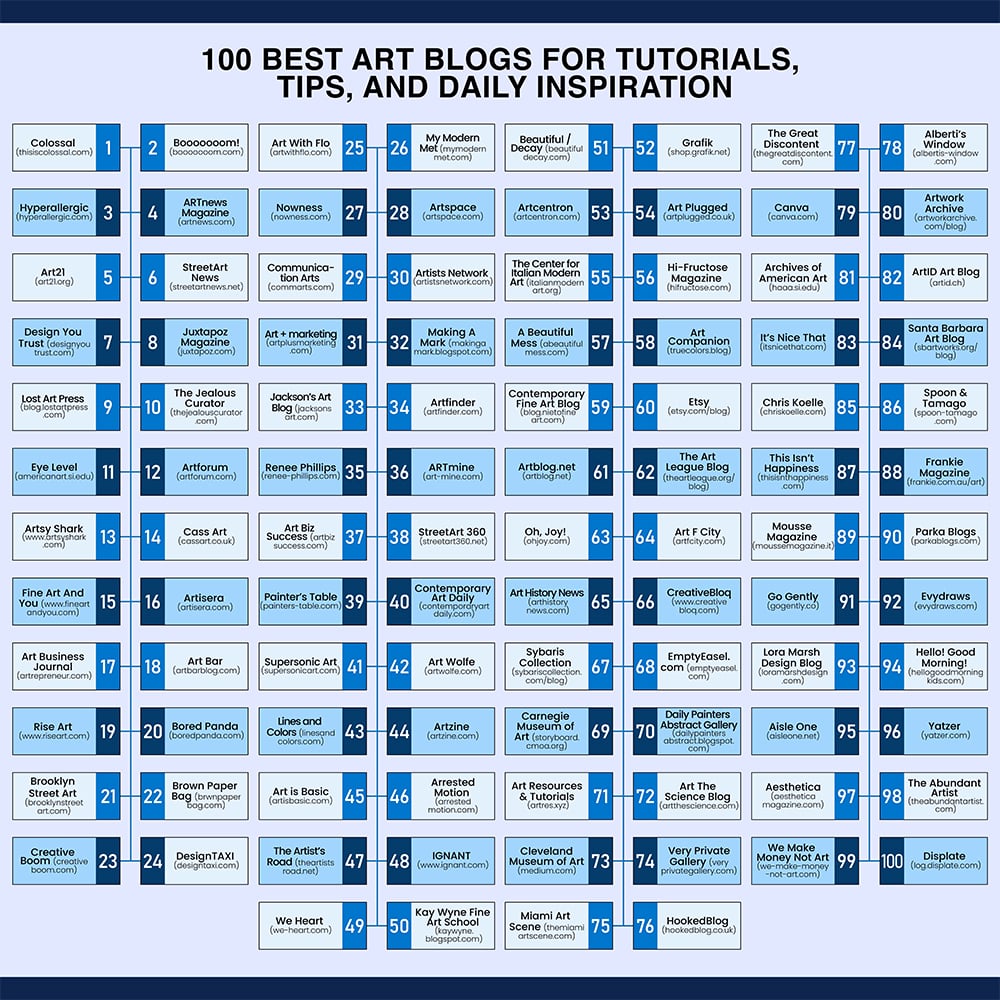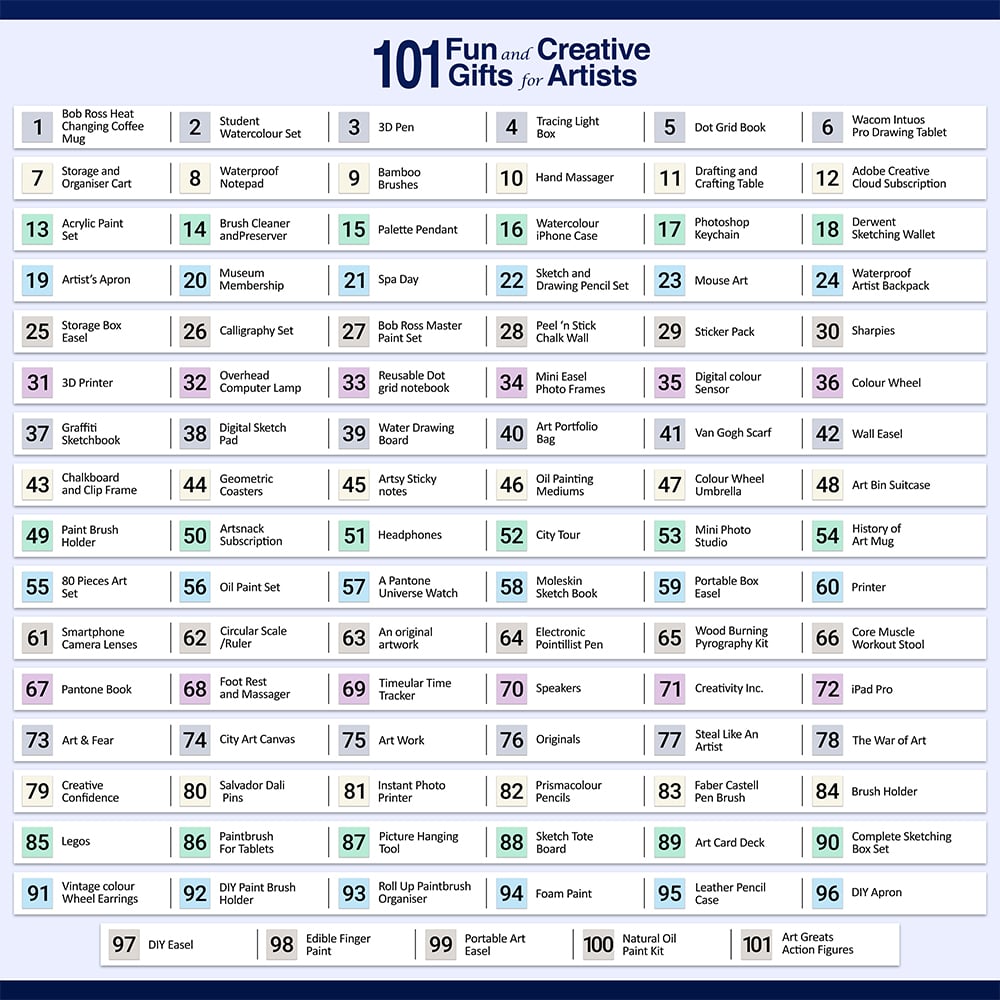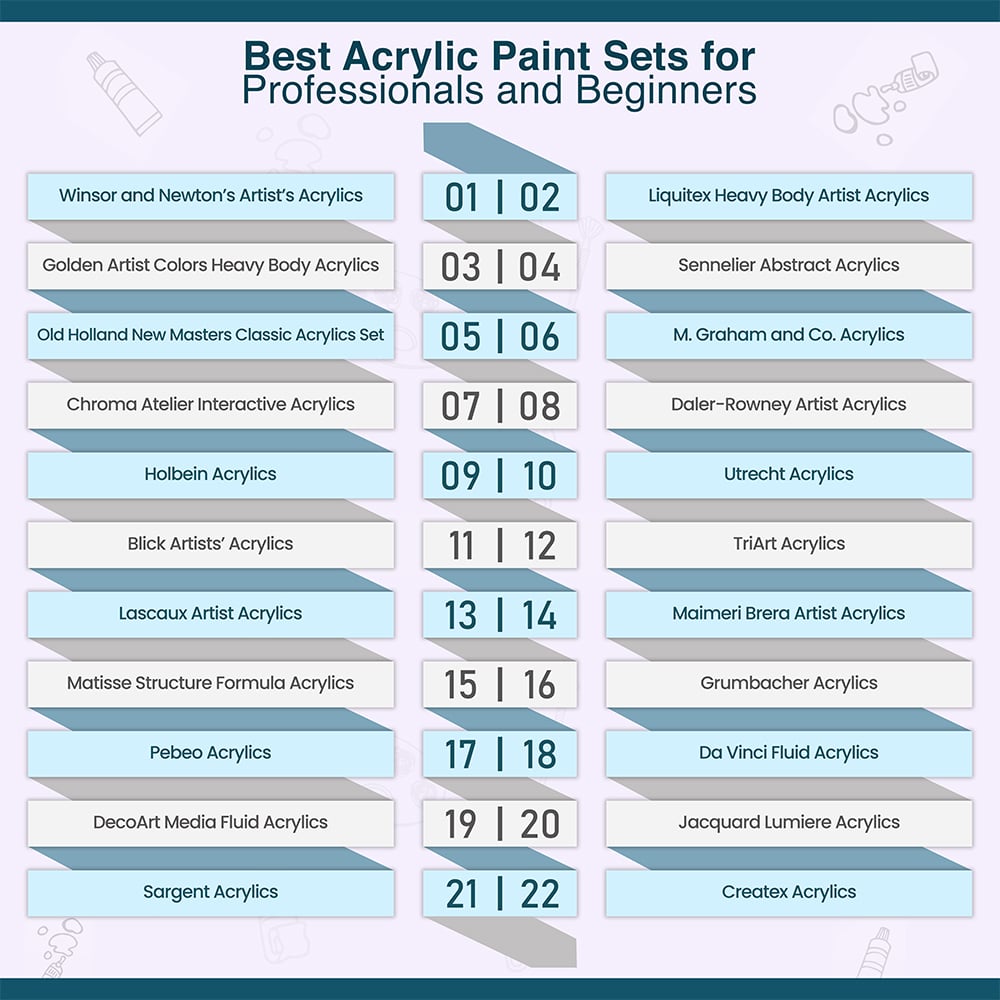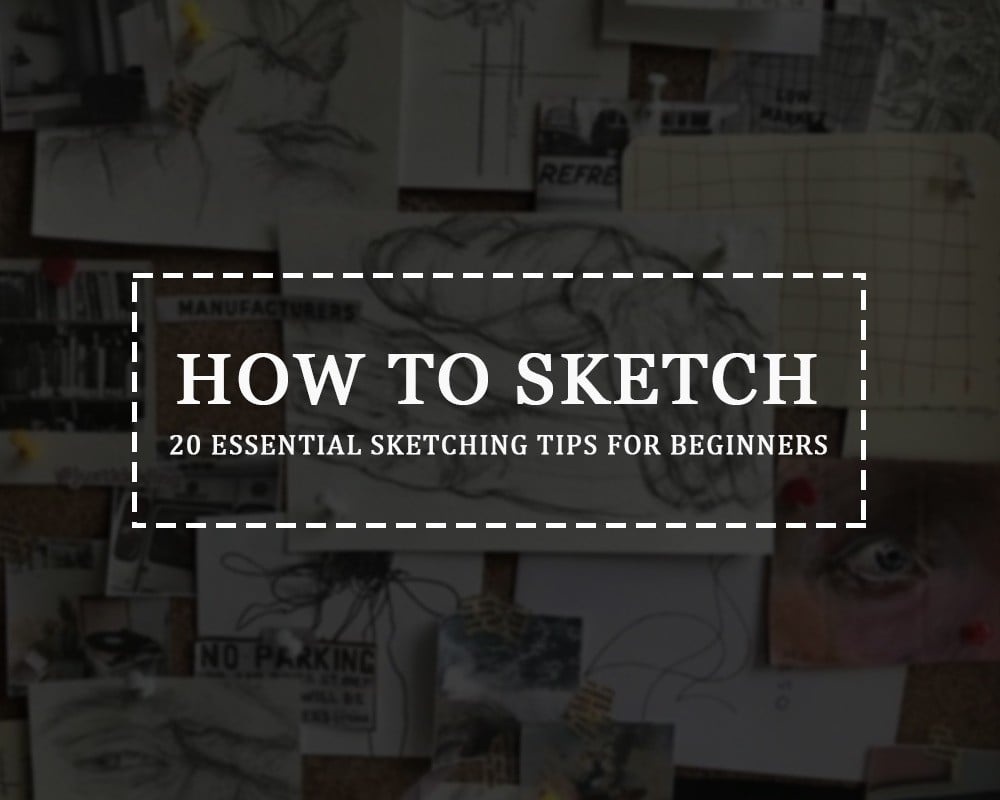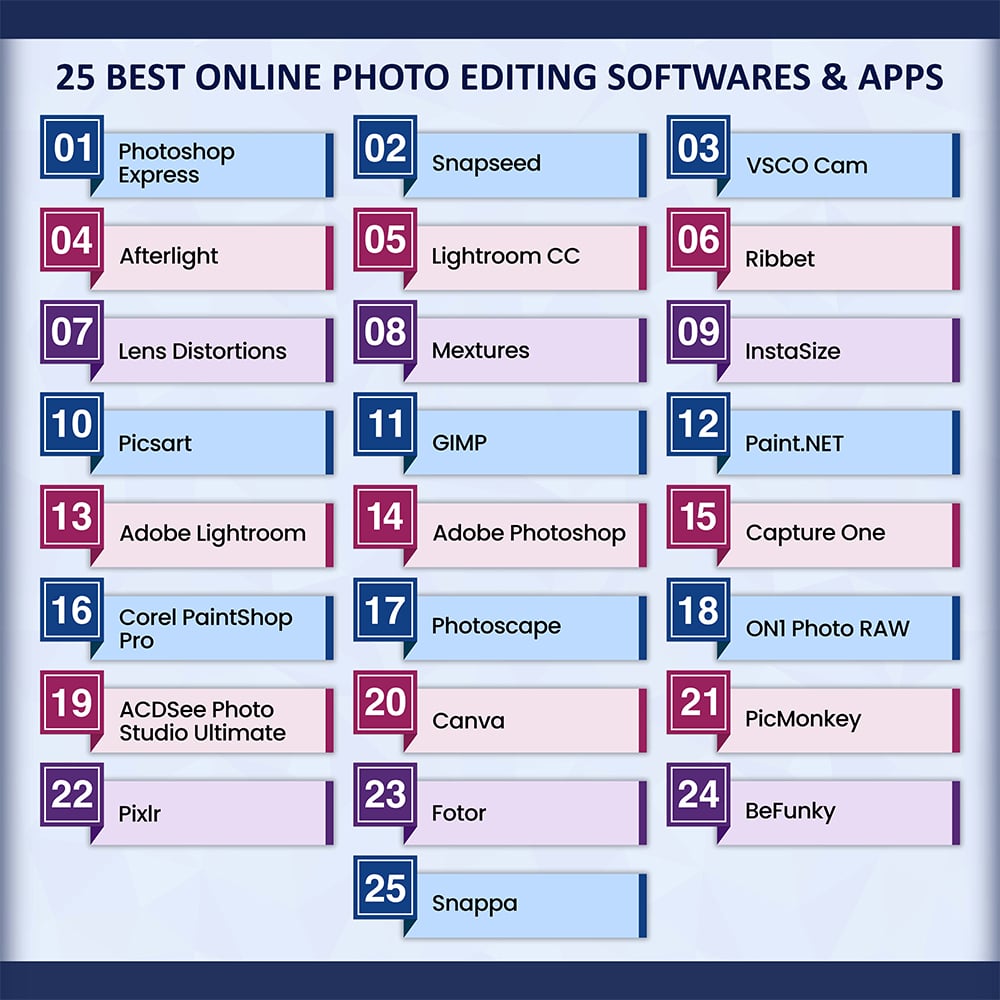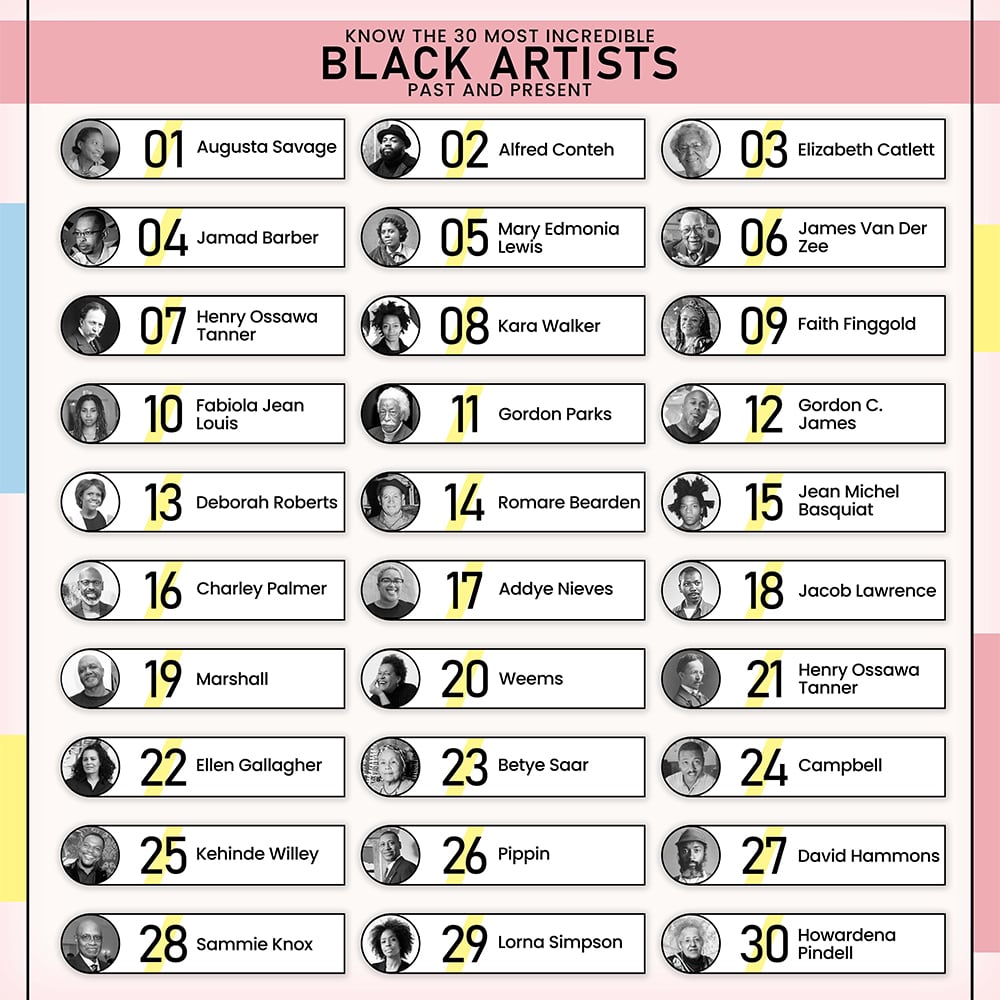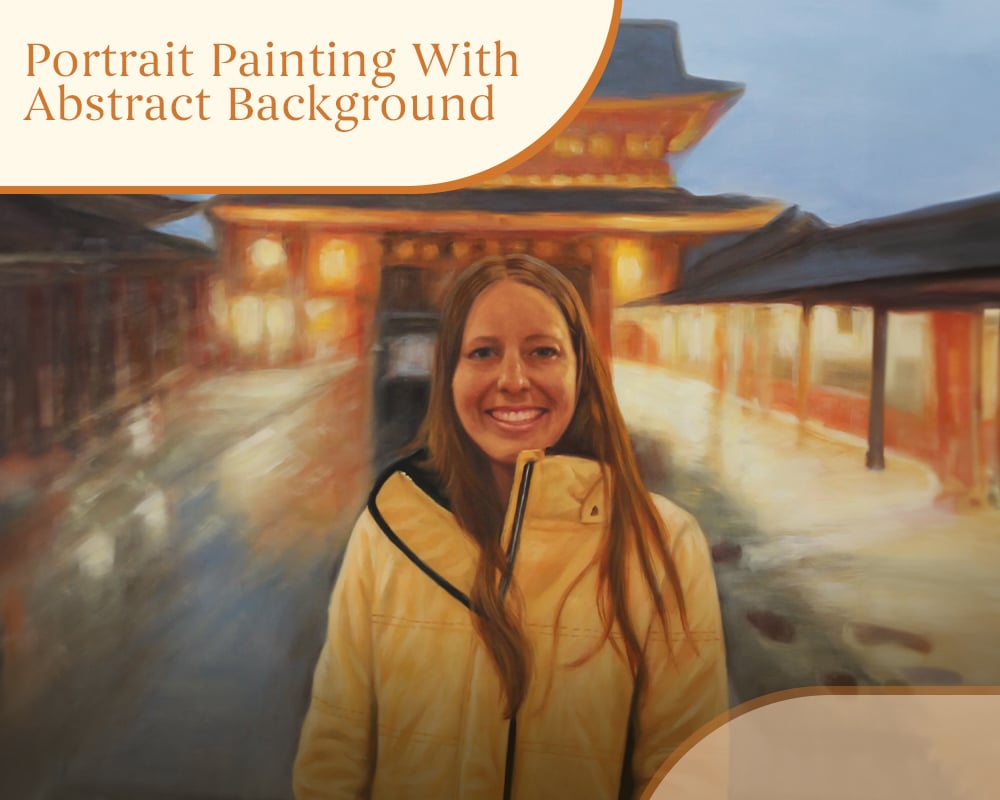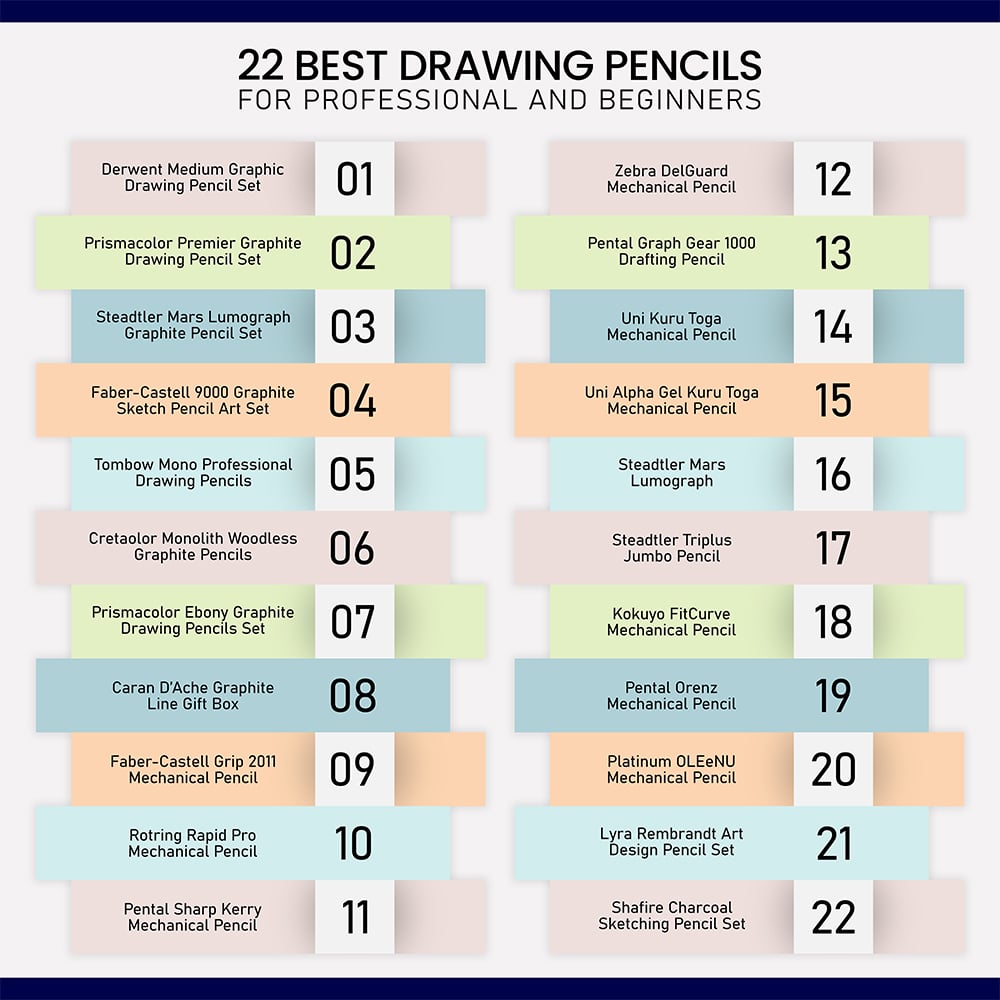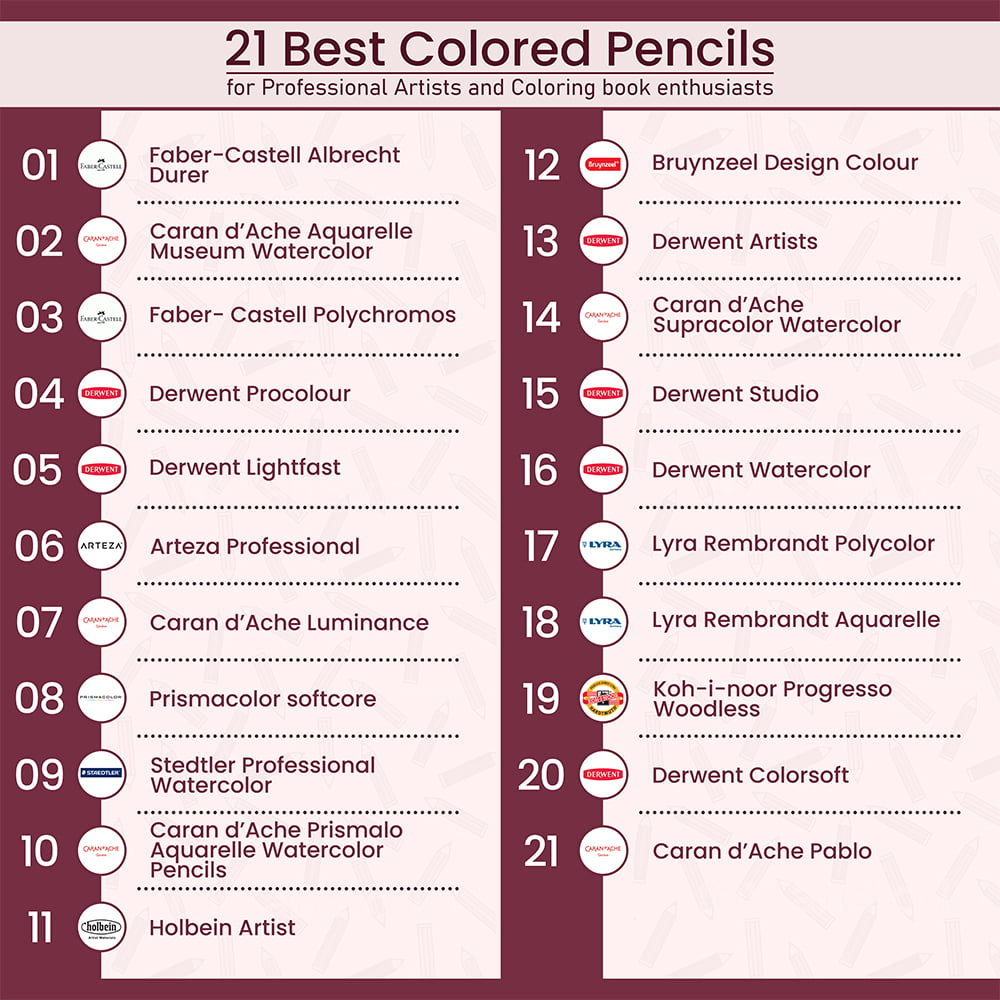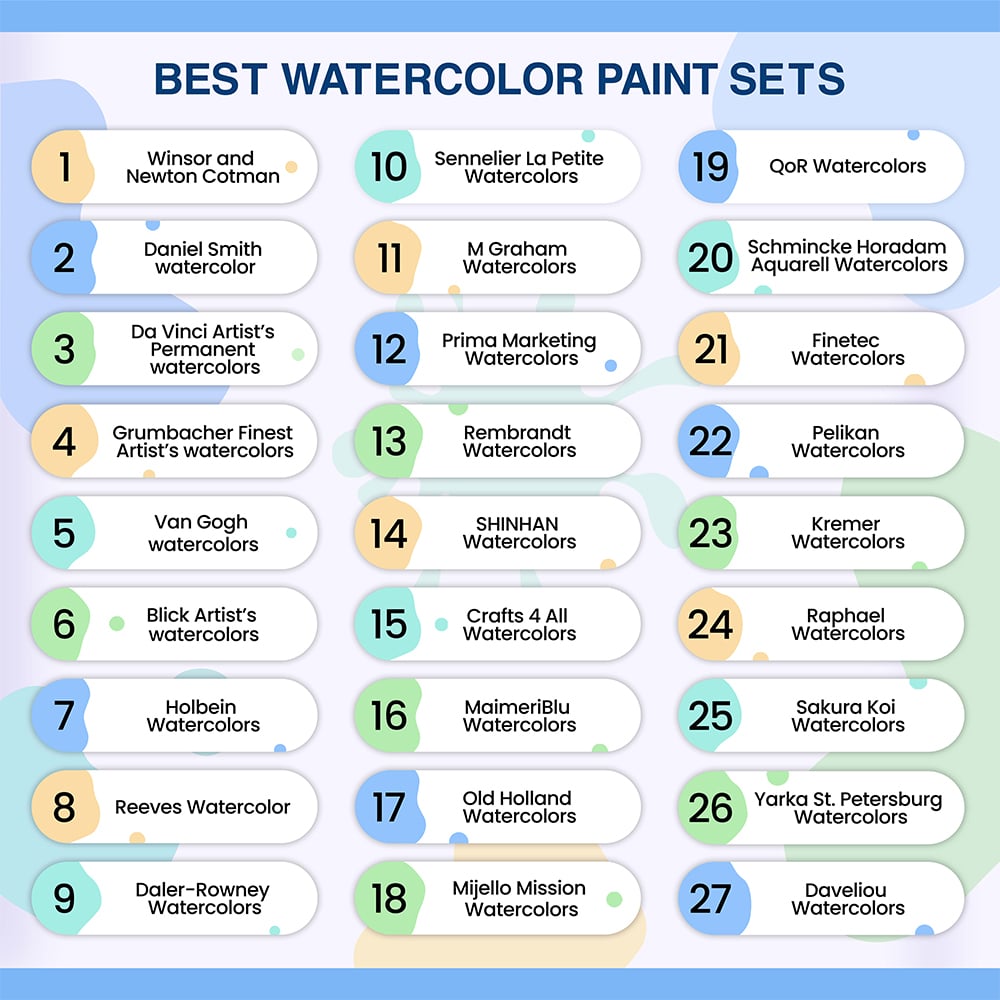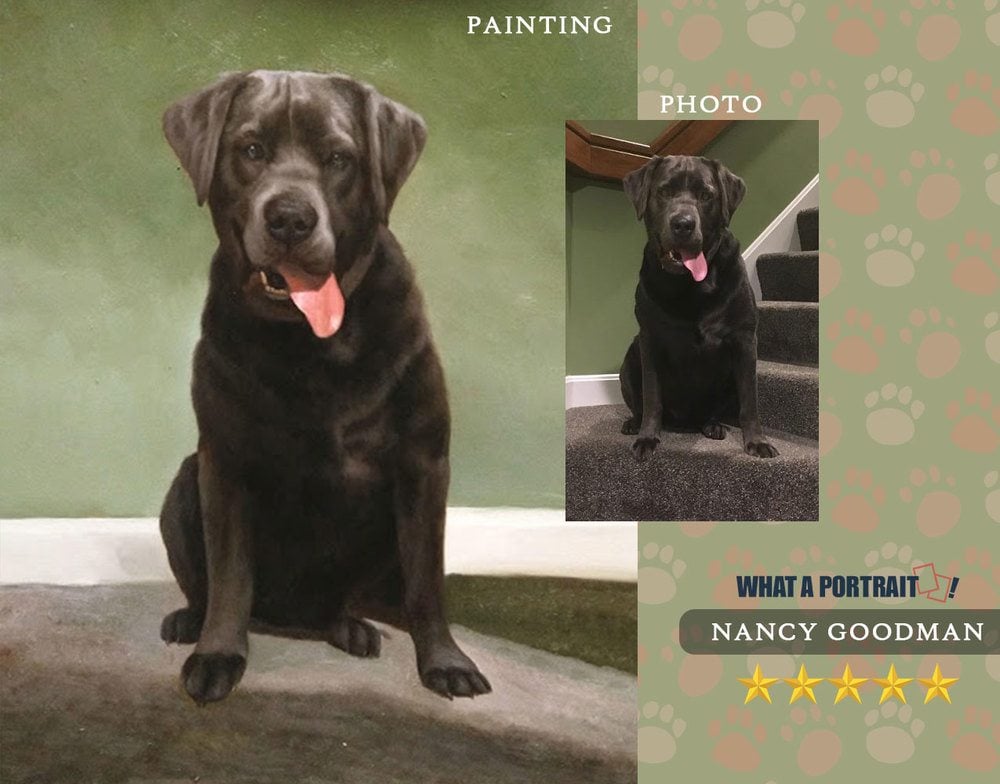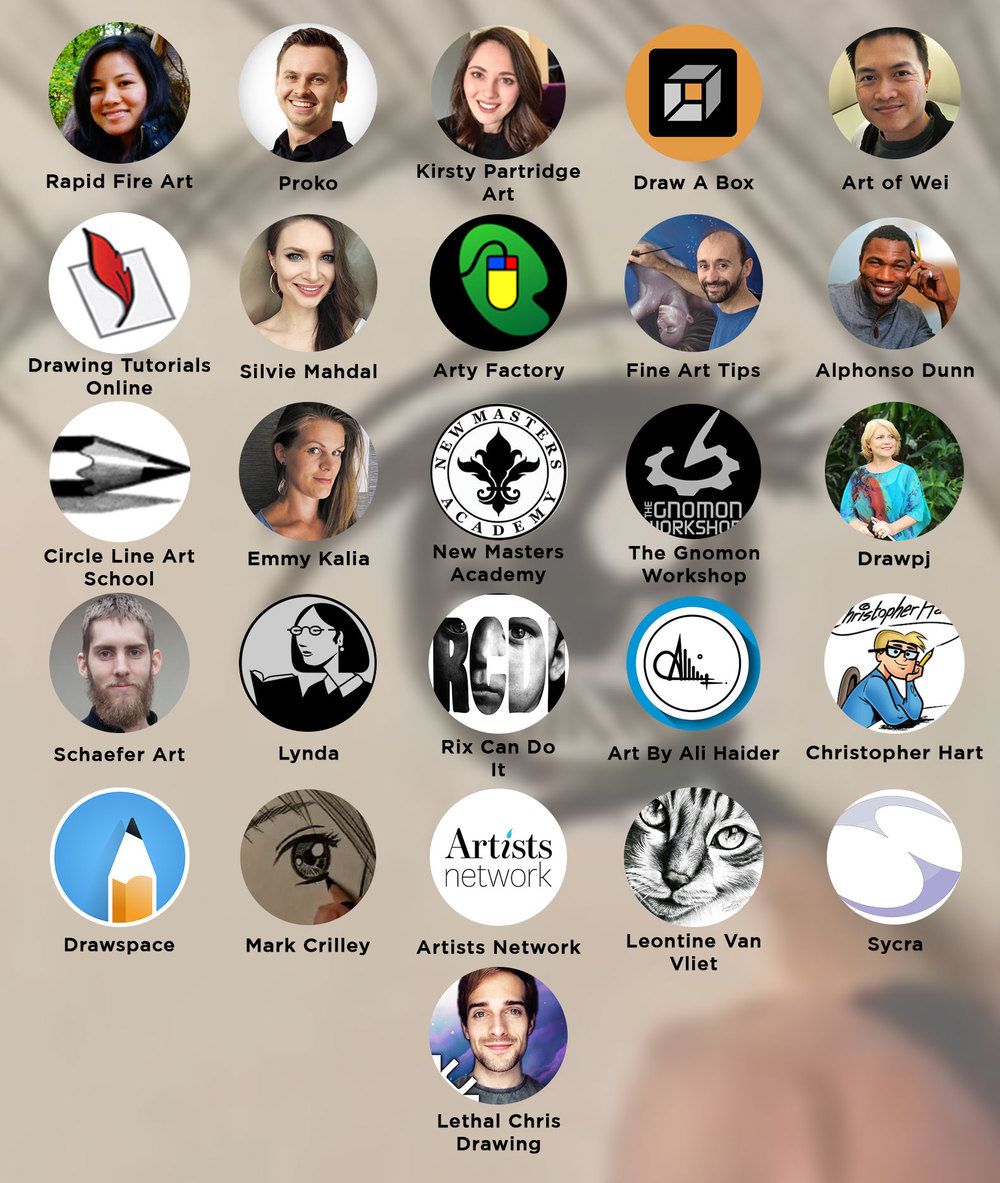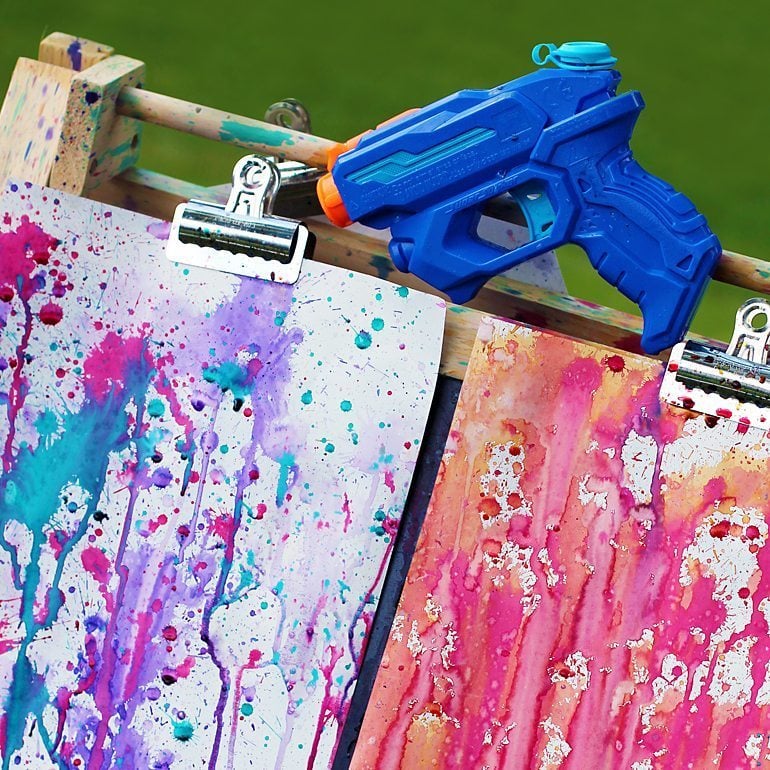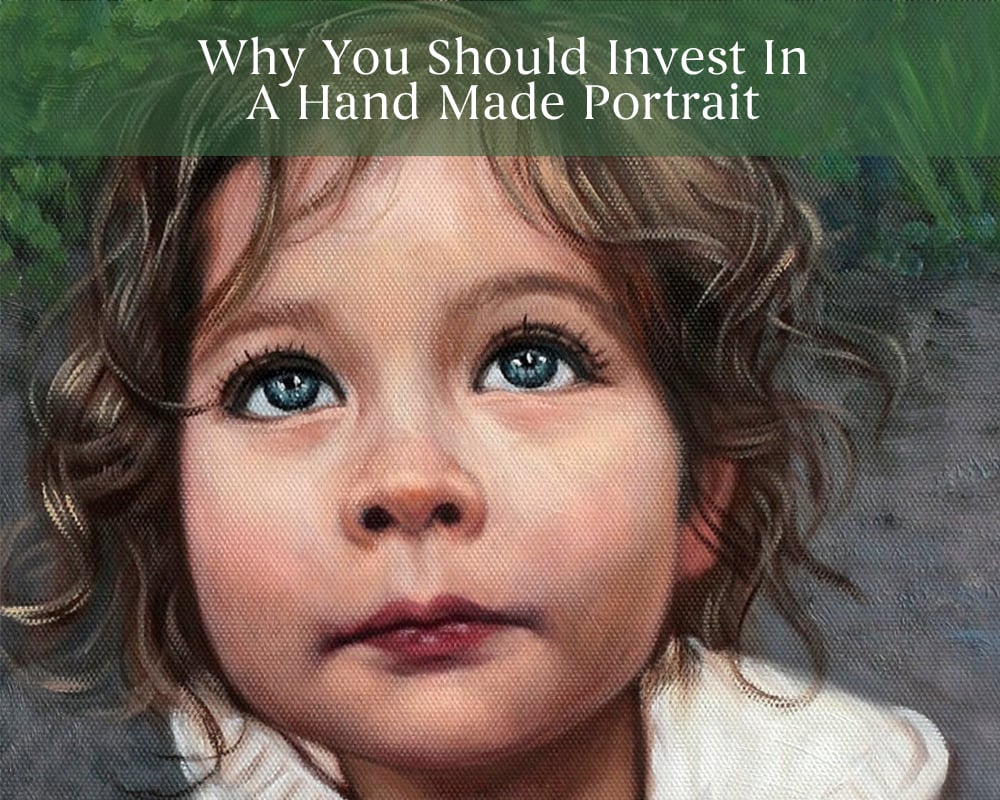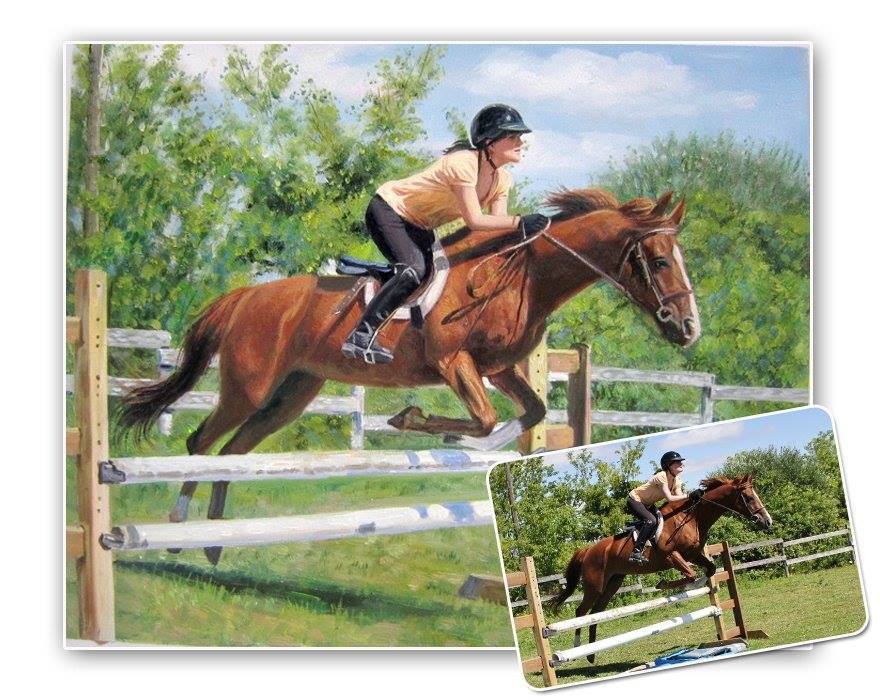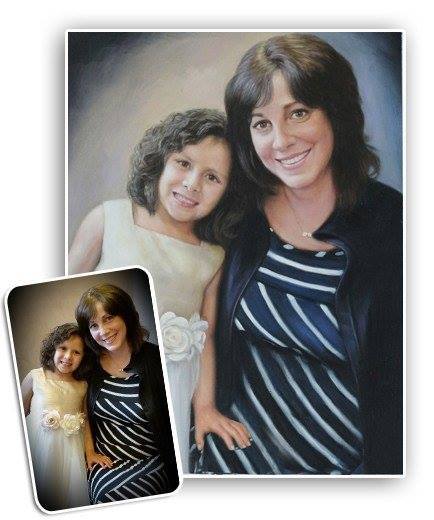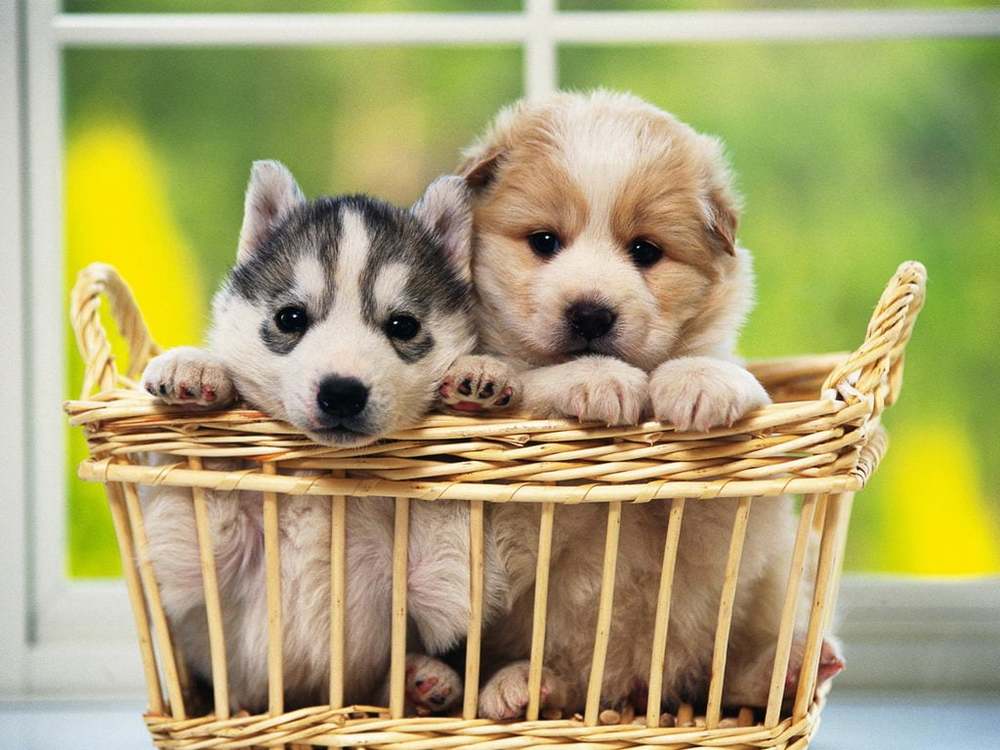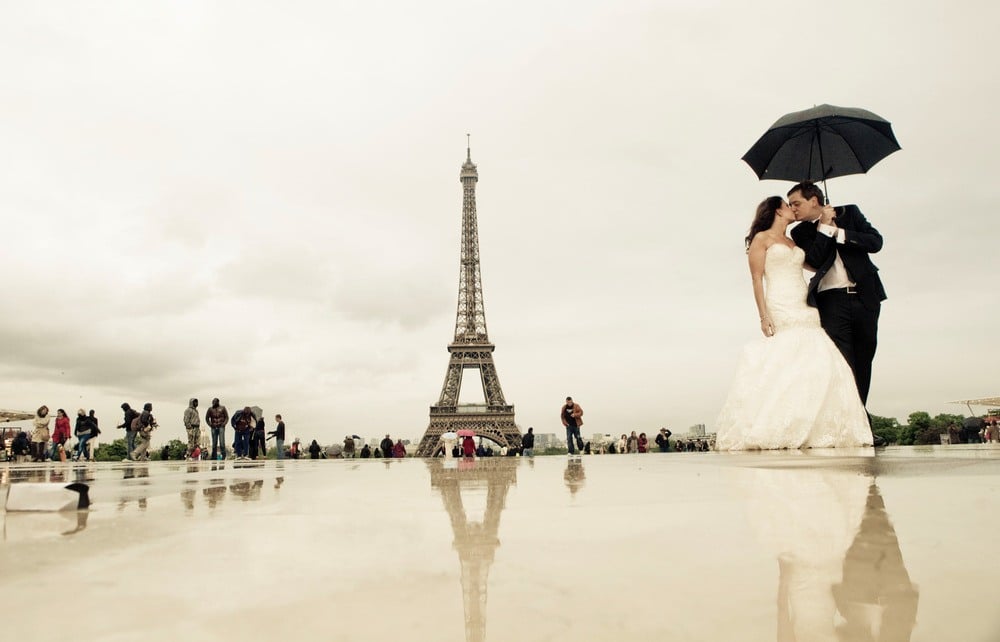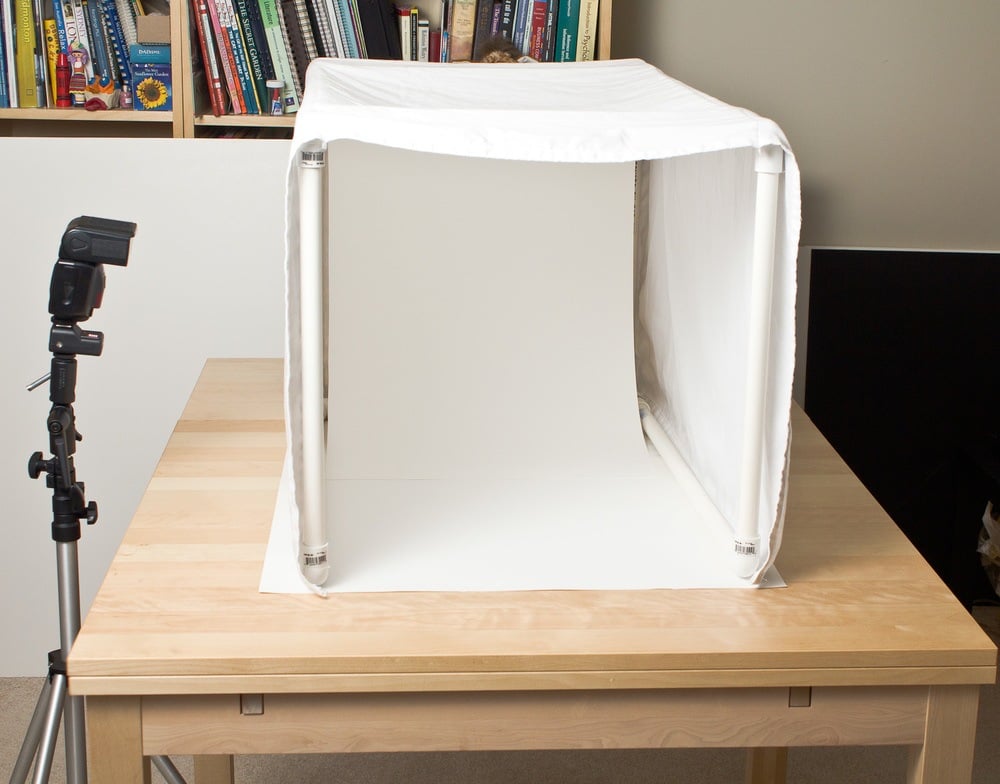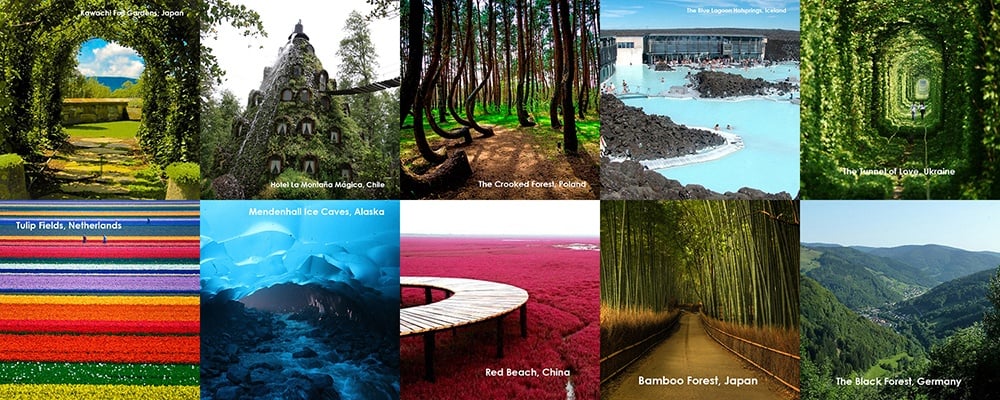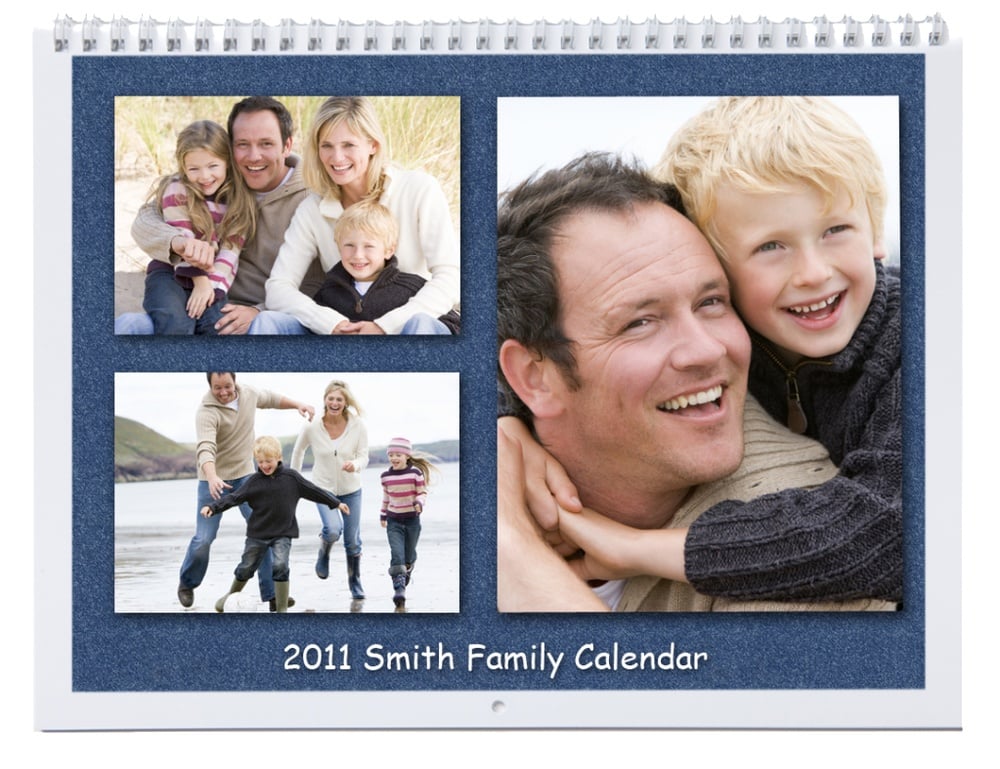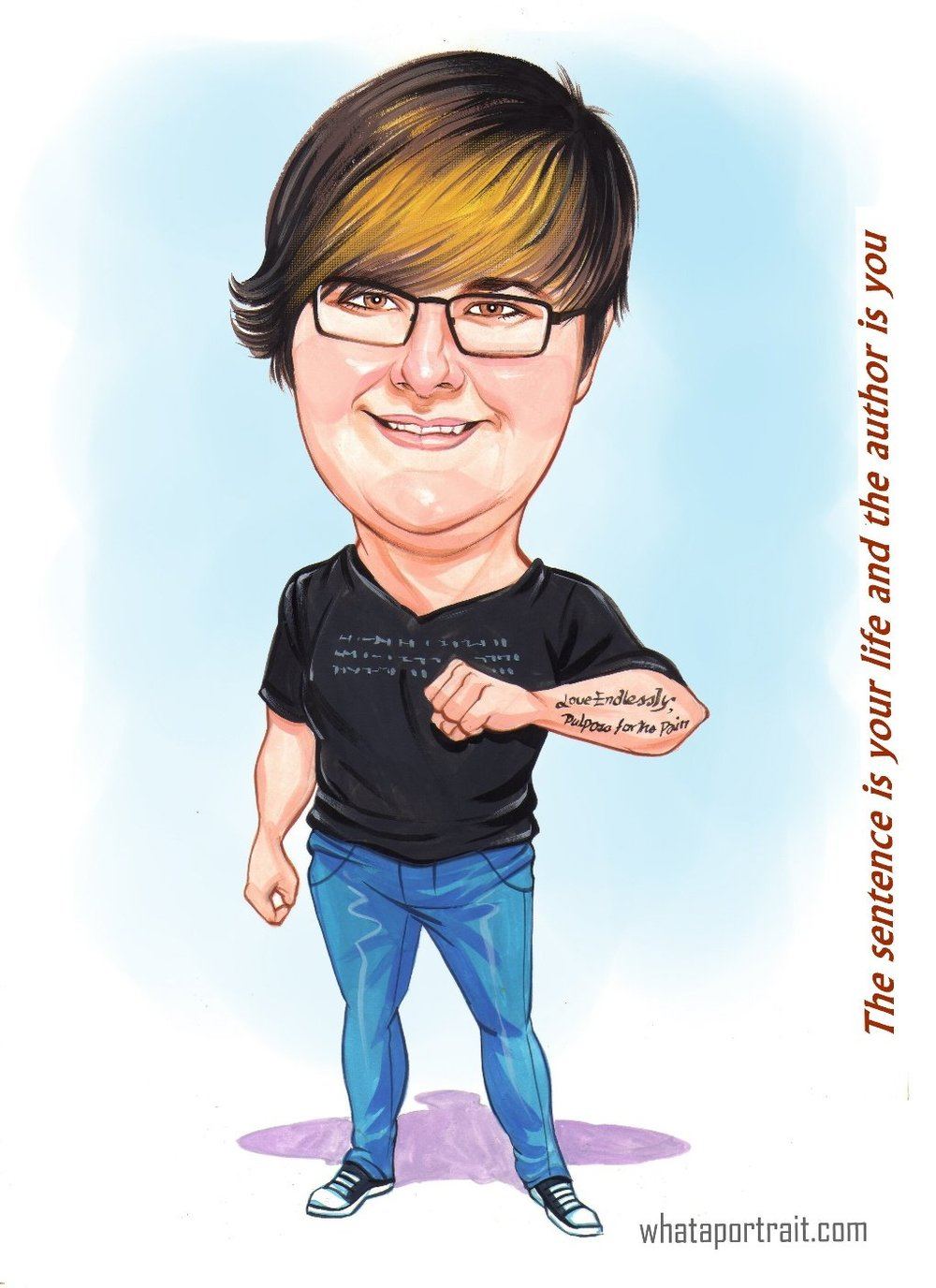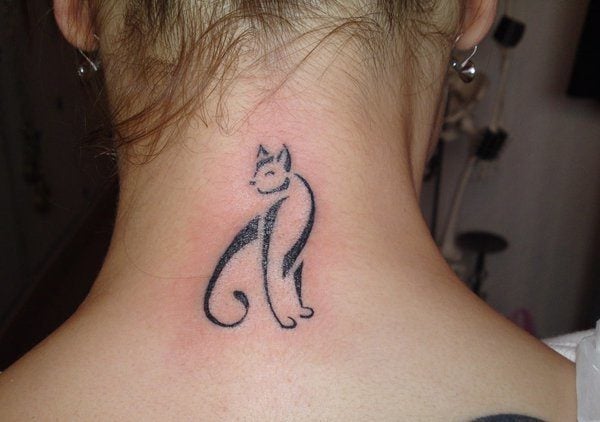Table of Content
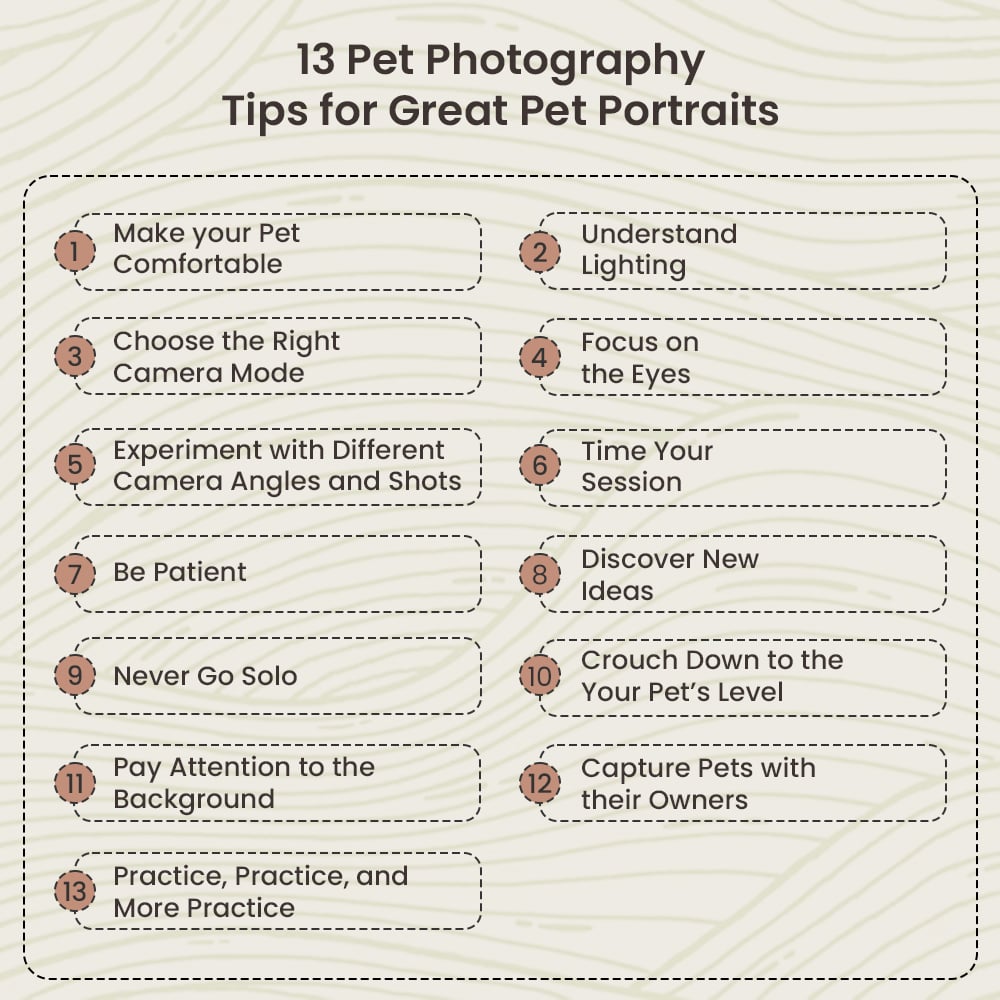
If you have ever had a pet, you surely know how special pets are to their owners. Pet lovers never leave a chance to capture the best moments with their adorable furry friends. But pets, unlike humans, do not understand photography.
Pets oblivious to the camera make a photo session difficult for pet photographers. They have to put in lots of effort to understand their pet’s character, mood, and attitude and then capture a perfect shot with them.
Despite all the challenges, pet photography has a growing popularity. If you also plan to create memorable photos of your pets, go through this must-read article to better understand pet photography tips and techniques.
What is Pet Photography?
Pets are not just animals but precious living creatures whose owners love them. Pet photography means capturing a pet’s personality, behavior, and traits in a frame. Every pet lover treasures their pet's memories and wants to preserve them forever. Great pet portraits reflect cherishable moments and are perfect as a gift idea.
Like many other photography niches, pet photography is also rising in popularity. Because of pet enthusiasts, the demand for professional pet portrait artists has significantly increased over the years. While a person can make a career in the pet photography business, it is also important to remember that tackling pets, matching the time, and clicking the best shots is complicated.
Let's explore the world of pet photography and learn some tips and tricks for capturing a lovely pet portrait.

Credit: Wix.com
Essential Equipment required during a Pet Photography
1) Camera
A good-quality camera is necessary for capturing great shots. With the dynamic range of digital cameras available today, purchasing a good camera is not an issue. Depending on their requirements, photographers may pick up a point-and-shoot, DSLR, or mirrorless camera.
Point-and-shoot cameras benefit amateur photographers as they have a single fixed lens. There is no need to change lenses according to the focal lengths; you only have to point and shoot the subject. These cameras are inexpensive and easy to use.
Experienced photographers use a DSLR camera for high-resolution image quality, clarity, and sharpness. DSLRs are more expensive than point-and-shoot cameras and have the best autofocus system with versatile interchangeable lenses. The different types of lenses are:
a) Telephoto Lens
A telephoto lens with a focal length of 70-200 mm is best recommended for professional pet photography. When doing dog photography, the best way to deal with shy and stressed dogs is not to be present in the dog’s area.
Telephoto lenses let you capture wider surroundings and click pictures from a distance. It helps avoid distortion and shallow depth of field.

Credit: Digital Camera World

Credit: Smartpix
b) Prime Lens
A prime lens helps create a deep depth of field and is fit for low-light shooting as it provides a wide aperture. Prime lenses have fixed focal length; thus, it doesn’t zoom in or out. DSLRs with prime lenses are travel-friendly with pets as they are easy to handle and carry.
c) Wide-angle lens
A wide-angle lens gives you a more expansive view, i.e., a broader perspective in the full-frame camera. It makes the closer objects appear more prominent and farther things appear smaller. Wide-angle lenses are helpful while capturing pets along with the surroundings.
However, it has its disadvantages. They often distort the picture and are not a good option while capturing pet portraits.
d) Macro lens
Macro lenses benefit photographers who want to capture the sharp details of a pet, like eyes, nose, mouth, paws, or fur. Wildlife photographers usually use these lenses to click small insects like ladybugs, butterflies, ants, etc.
2) Costume and Props
Costumes and props add attributes to a portrait to help create a scene, deliver some message, or state the overall mood of the picture. Likewise, colorful pet costumes and props like sticks, balls, and bows enhance a pet portrait.
For example, a dog playing and running around with a ball or a toy will make it look happier. Similarly, cats with ribbons and bows tied around their neck or other pets wearing beautiful accessories will look cheerful and merry in the frame.
Pet owners use squeaky toys, hats, ropes, etc., to excite and comfort their furry friends in front of the camera, resulting in good pictures. For example, using a frisbee to create action shots is a good idea. Remember not to force anything unnecessary on your pets; that is unsafe for them and can hamper their mood or injure them.

Credit: Rover

Credit: Tractive
3) Lighting and Lighting Modifiers
Appropriate lighting is an essential element for any genre of photography. Without light, the photos would turn dark, dull, and bland. For pet photography, natural lighting is the best. Pictures captured in rooms with abundant sunlight or outdoor locations produce excellent results.
Unnecessarily using artificial lights that are focused, pointed, and defined is harmful to the pets, as they are harsh on them. One should also avoid using flashlights as their noise is startling for pets, and they can get scared. Dogs get anxious, annoyed, and irritated when a flashlight reflects on them, resulting in discomfort. Also, the eyes of your pets can turn red and look devilish.
Light modifiers are vital when using artificial lights and shooting in a studio, as they convert distinct hard light to dispersed soft light. Light modifiers like umbrellas and softboxes spread the light in a broader area, making it softer. It creates the effect of ample diffused light, similar to uncontrolled and uncontained sunlight.

Credits: Mutley’s Snap

Credit: Layers Magazine
13 Tips for Great Pet Photography
1) Make your Pet Comfortable
The sole purpose of shooting pets is to capture their personality and true essence. Pets tend to get anxious if any alterations occur to their routine. Your pets may feel shy and stressed in an unfamiliar atmosphere. The shots will automatically turn out stiff and uneasy if your pets are uncomfortable.
To avoid uneasiness, familiarize your pets with the gear kit for the shoot beforehand. Let them see, smell, touch, and hear your equipment. Instead of planning your pet photo shoot in a studio, choose a location your pet enjoys. Head to a garden, backyard, or any open surroundings so your pet can relax and loosen up.
Consider shooting indoors if your pet’s favorite spot is its bed, a corner side, or a carpet. Do not force them to move out work on making the surroundings picture-friendly. Remember, it is essential to make your pets comfortable so that they enjoy the photography process and do not bother you while taking their pictures.

Credit: Reader’s Digest

Credit: The Pet Parlour
2) Understand Lighting
Proper lighting is an integral factor that counts while taking a great shot. Without sufficient lighting, the pictures turn out dull, boring, and uninteresting. For example, take a camera shot in which your pet plays and smiles, but the lighting is so dim that the picture's impact is sad and gloomy. Such pictures spoil the subject's mood and do not accomplish the purpose of capturing it.
The surrounding should be well-lit during pet photography to support and uplift the subject's mood. Avoid using artificial sources like flashlights or strobes to light up the background. The immediate sound of flashlights can startle the pets and distract them. Light strobes create short hard light, which is brighter and more focused, which can be harsh on animals.

Credit: Canvas Press

Credit: Expert Photography
Try shooting outdoors during golden hours, i.e., soon after sunrise or just before sunset. Sunlight is at its best during these hours, as the sun creates a hazy golden atmosphere, perfect for beautiful pet photos. Shooting on a cloudy day also adds to the advantage of pet photography, as the environment is pleasant and suitable for animals.
Avoid clicking your pets during the mid-hours of summer, as the sun is at its peak. Photos captured during those hours will have sharp, unflattering, and distinct shadows. It is preferable to use soft light sources to hard light.
If you use artificial lights, set up a three-point lighting system with a key, back, and fill light.
- Key light creates a distinct shadow of the subject.
- Fill light fills the shadow cast by key light on the opposite side of the subject’s face.
- Backlight contours the subject's outlines and creates a separation between the subject and the background, adding depth and glamor to the picture.
3) Choose the Right Camera Mode
Another crucial factor while creating pet portraits is a suitable camera mode. Choosing the camera mode depends upon the lighting, weather conditions, and the type of photo you want to take. Three camera settings affect the camera’s exposure to light:
a) Aperture
The aperture determines the amount of light entering the camera. The bigger the aperture, the more the light that enters the camera; the smaller the aperture, the lesser the light that enters the camera. If a pet photographer only wants to focus on the subject and blur the background, he can change the value of the aperture accordingly. A wide aperture captures less area in the backdrop, creating a shallow depth of field and vice-versa.
b) Shutter speed
Shutter speed is the speed at which the shutter of the DSLR camera opens and closes. A faster shutter speed helps in clicking fast-moving objects. For example, if you want to capture a running horse, use a fast shutter speed, burst mode, and continuous mode to freeze different angles of the horse.
To capture wagging tails, sudden grins, or any fast activity of pets, change the camera’s shutter speed accordingly. Remember, the longer the shutter is open, the longer you have to keep your hand steady to avoid blur images.
c) ISO
ISO helps to brighten images if one cannot use a wider aperture or a longer shutter speed. Typically measured in numbers, a lower ISO indicates a lesser light sensitivity of the camera and vice-versa. But ISO comes at a cost. As the ISO increases, the visibility of graininess and the noise in the photo also increase.
When doing dog photography, keeping your ISO at 800-1000 in cloudy weather and from 1600 and above while shooting indoors is advisable. If you are a professional photographer, use manual mode and experiment with the different camera settings of aperture, shutter speed, and ISO.
Using a fast shutter speed and high-resolution autofocus is advisable while clicking pet photos. A new pet photographer should start with auto mode and explore the camera's other features. With practice, one gets a perfect idea of all functions. Note that the photo should neither be underexposed nor overexposed.

Credit: Click and Learn Photography
4) Focus on the Eyes
Eyes are said to be the soul's windows, as they convey the best messages. Similar to human portraits, sharp eyes are important in pet portrait photography. Focusing on the eyes of the pets helps the viewers to connect with them emotionally.
Pets, especially dogs and cats, have expressive eyes that symbolize their mood. Soft, relaxed eyes show happiness and joy, whereas glassy eyes indicate stress and fear. Some dogs’ eyes are filled with mischief and playfulness, whereas others have worry and anxiety.
Pet photographers make their pet photos exciting and dynamic by capturing the depth of their eyes and their unusual eye colors. Many cameras have animal eye autofocus, identifying pet eyes and consistently focusing on them. One can also use macro lenses to grab attention on the pet’s face and eyes.

Credit: Patch

Credit: Unsplash
5) Experiment with Different Camera Angles and Shots
Unleash your inner creativity and innovation while capturing a furry friend. Take pictures from various angles and perspectives. Experiment with the shots and capture close-ups, profiles, and low angles to make your photos aesthetically pleasing. Play with the camera settings and try other modes.
Break the traditional picture composition rules and try something new. Think out of the box to make your pet portraits unique and precious. You can focus on the patterns and textures and use panning and tilting techniques to create an abstract pet photo.
Use wide or telephoto lenses to click the pictures. Use a macro lens to focus on features like nose, paws, or fur other than eyes.
Surprise your pets and get candid shots. Keep your camera in continuous capturing mode and then diversify your shots. Such an innovative session will produce fantastic clicks and be full of engagement and learning.

Credit: iStock

Credit: Pinterest
6) Time Your Session
So far, we have decided on a good shooting location and checked the weather conditions, lighting, and other elements of a pet photo shoot. Apart from all these common factors, the timing of the pet is crucial. Pets are habitual to their routines and behave in a particular manner during specific times.
The key to good pet portraits is knowing your pet inside out. Understanding a pet’s moods, habits, and body language is essential regardless of all their physical attributes. You can click some great, fulfilling portraits if you match your pet’s timing and mood.
For example, if your pet dog is energetic at a specific time of the day, try taking action shots at that hour. If you want to take a beautiful sleeping picture of your cat, feed them just before the photo shoot. If you wish to click shots of your pet dog while they eat, choose a time when they are hungry, and feed them. If your pet is cranky or frustrated, it is the worst time to click their photos.
7) Be Patient
Pets, unlike humans, do not understand the concept and purpose of clicking photos and are unaware of the various styles, angles, and poses in a photoshoot. Being patient is necessary for handling cats and dogs during photography. Animals comprehend specific instructions only if professionals train them. But they cannot understand the lighting concept or the techniques of photography.
The only thing they know is how their owner is behaving with them. They are known to absorb human energy, so if you are angry and frustrated, the pet will reciprocate the same back to you. The worst you can do is shout or order your pet, which only confuses and annoys them. The photos will turn adorable and memorable if you are relaxed and chilled out during the photo session.
Thus, create an atmosphere of happiness and joy, making your pet feel comfortable and safe. Talk with your pet and prepare them for the shoot. Patiently deal with your pets and try to learn animal behavior, as they cannot communicate their feelings or emotions.

Credit: Ina J Photography

Credit: Sarah McGraw Photography
8) Discover New Ideas
Before taking pet photos, research the poses and ideas you can recreate with your pet. Go through the profiles of different professional pet portrait artists, and take inspiration from their work. Explore social sites, especially Pinterest, with thousands of pet photography ideas.
Take advantage of the pet's natural poses and their actions and reactions. Get inspired by the renowned photographer’s artworks and take their suggestions. You can invite other pets with whom your dog or cat is comfortable and create innovative pictures with them. But avoid copying the poses and create something unique and fresh.

Credit: Bidun Art

Credit: Pinterest
9) Never Go Solo
Pet portraits are a challenging genre of photography, and it takes effort to do pet photography single-handedly. If you plan to click your pets yourself, always take a friend on the shoot. If you are a professional photographer, always keep your assistant with you.
An extra person on a pet shoot is valuable. A person can't control and capture a pet alone. Dogs can run outdoors and land in dangerous situations during dog photography.
A second person is necessary for the pet’s safety and to pay attention to the surroundings. Another advantage of involving an extra person is that they can play with the pets, hold props and squeaky toys behind the camera, or run alongside them to make them active and happy.

Credit: Mission Pets

Credit: Two Saints Photography
10) Crouch Down to the Your Pet’s Level
It is better to crouch down at the pet’s level to make them feel comfortable and get eye-level shots. You should view the world from the pet’s eyes to do exceptional pet photography, and the viewers should see photos from their point of view. Lying down at the pet’s eye level is the best way to explore various angles and make your pet feel relaxed and satisfied.
You must bend down, sit, or lie on your stomach to get the best expressions from their level or below. Once comfortable in that position, you can move closer to your pet and capture unique images or cute macro shots.

Credit: Katzenworld

Credit: Ruffle Snuffle
11) Pay Attention to the Background
Think of a portrait of an adorable kitten with a garbage tin in the background. On the contrary, think of a photo of two dogs playing in a beautiful garden. Which one would appeal to the viewers the most? Hasn’t the garbage container ruined the essence of the first picture?
The background in a photograph should resonate with the mood and activity of your pet. Before you start clicking pictures, first review the backdrop. Remove all the unnecessary elements which you do not need in your view.
While shooting outdoors, look for locations with less movement, as busy surroundings can distract the pet’s attention and scare animals. Your pet should be the center of attraction rather than the noise in the background.
Pick a plain background for formal-looking dog photography, preferably one with a solid color. You can also choose a patch of green grass or a simple carpet for formal dog photography. For capturing stunning pet photos, focus on the pet’s face and actions and the atmosphere around them.

Credit: Backlight

Credit: Big Dog Pet Food
12) Capture Pets with their Owners
A pet’s personality is clicked to its true essence when its owners surround them. Dogs get excited, wag their tails, and grin with their tongue hanging when they see their keepers. Thus, the best pet portraits come when pets are with their loved ones. As a pet photographer, ask pet owners to get in the frame while taking photos. The natural interaction between pets and humans can lead to heartwarming candid shots.

Credit: iStock

Credit: Earth.com
13) Practice, Practice, and More Practice
Practice is not a secret ingredient to success. If you are fond of animals and wish to become a dog photographer or do pet photography, study the pet’s character and body language. To become a successful dog photographer, spend time with dogs, analyze their movements, and understand their body language. Work on how you deal with and treat animals.
As a new pet photographer, learn about camera settings and practice shots from various angles. Use burst mode and continuous shooting mode to capture stunning pet photos.
Take advice and helpful tips from a professional photographer. Practice shooting outdoors or in low-light situations to explore the dynamic range of photography. With regular practice and dedication, you can master pet photography quickly.
Next time you shoot a pet, utilize these helpful tips and see how wonderful the shots come out.
Pet Photography Using a Smartphone
Smartphone camera technology has grown exponentially. With a high megapixel count comes high-quality images that are sometimes even better than the ones clicked through a DSLR camera.
With numerous editing effects and filters, smartphone cameras generate stunning pet photos. People can directly upload pictures from mobile phones to social media platforms and share them with their community. People can also easily convert pet photos into portraits using various apps available on smartphones.
You can even create reels, boomerangs, or good video-quality snaps using your smartphone. Use the same tips and techniques to make cool videos of your pets. Come up with a concept or storyline and shoot accordingly. Keep your videos short and attractive so the audience shows interest in them.

Credit: Shutterstock

Credit: Pinterest
Conclusion
Every pet deserves a unique photo session. Pet photography is a demanding but fun genre of art to explore. Pet lovers are always enthusiastic about getting their pets captured and cherishing their lovely memories forever. They consider pets part of the family and always want to keep them close.
Practice, patience, and creativity are the pillars of creating great pet portraits. Pet photography can also be profitable for professional photographers. With talent and skills, one can do wonders in the rapidly growing pet photography business.

